Custom Branded Toys: How to Choose Non-Toxic Materials
Last Updated: 25 July 2025
Personalised toys can certainly leave a strong impression, but safety remains paramount. When selecting custom-branded toys, the materials chosen will affect much more than just the looks-they will affect the health, trust towards and legal compliance of the brand. Let’s break down the specifics of ensuring custom toys are safe, non-toxic, and ready for real-world use.
Why Non-Toxic Materials Matter in Custom-Branded Toys
Kids don’t just play with toys—they chew, hug, drop, and take them everywhere. At Cubic Promote, we’re here to help you choose customised toys that are both fun and safe. Toxic materials like BPA and lead may be found in some plastics and paints like in branded stress balls, and even small amounts can pose serious risks to children. When your brand is on the toy, you’re responsible for what it’s made of—and parents are trusting you to get it right.
Here’s why choosing non-toxic, certified materials matters:
- Children explore with all their senses, including touch and taste
- Toxins like BPA and lead can cause harm, even in small doses
- Australian and international safety laws require certified, non-toxic materials in kids’ toys
- Non-compliance can lead to product recalls
How to Verify Safety in Materials and Manufacturing
Knowing QA for Toys vs. General Merchandise
Toys adhere more closely to QA (Quality Assurance) standards than most branded merchandise. Often, general custom items are evaluated based on their look, brand consistency, or structural integrity. Toys, nevertheless, fall under safety testing, chemical inspections, and physical stress testing. Quality assurance for custom-branded toys goes far beyond a simple visual inspection. It has to cover:
- Risks of choking from tiny pieces
- Toxins in coatings and materials
- Durability under physical stress
These risks endanger more than just children. They erode consumer confidence in your company, particularly when safety is sacrificed for financial savings. One negative review or memory tied to a child’s safety can reverse decades of promotion. Children’s toys are subject to obligatory safety criteria in Australia and other developed markets. These criteria apply whether your toys are distributed as part of a campaign or sold in shops.
What to Request from Suppliers Before You Place an Order
Confirm precisely what materials are being utilised before ordering in bulk.
- Is the plastic free of BPA?
- Is the paint non-toxic and lead-free?
- Is all parts ISO 8124, ASTM F963, or EN71 standards compliant?
- Do you possess a third-party testing certificate for these materials?
- What age group is this toy certified for?
Essential advice:
- Ask for current lab test findings for the particular toy you are marketing.
- Request evidence of factory quality assurance systems, including safety test logs.
- Find out if the toy complies with the rules in your target country. If it is for Australia, consult ACCC regulations.
Build Trust with Safe, Certified Toy Materials
When your brand puts its name on a toy, parents trust you with something precious—their child’s safety. Our team at Cubic Promote understands the weight this trust entails. That’s why we help choose products that are creative and fun and meet strict safety regulations. We work only with suppliers who use certified materials and follow global quality assurance practices so that you can feel confident in every giveaway. Get in touch to explore branded toys that make a safe, lasting impression.






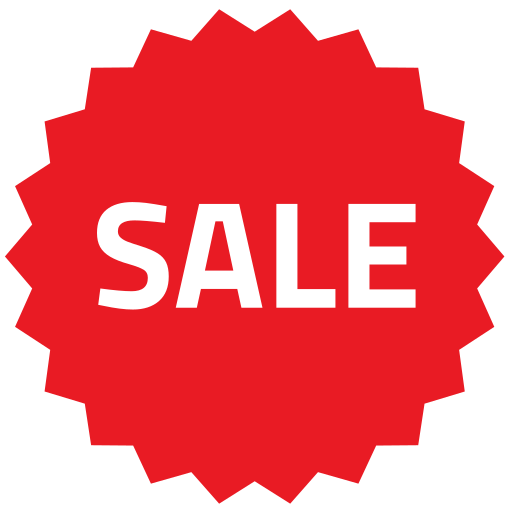 Sale
Sale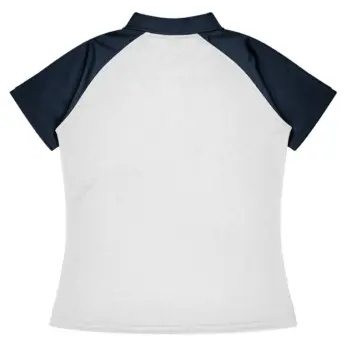

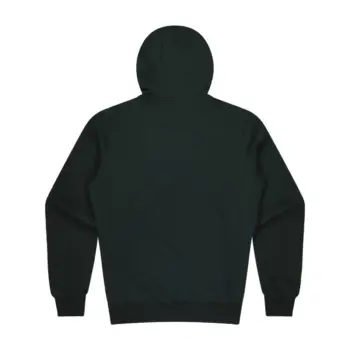
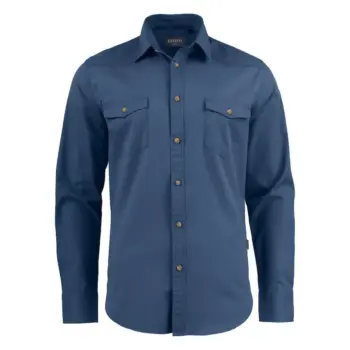
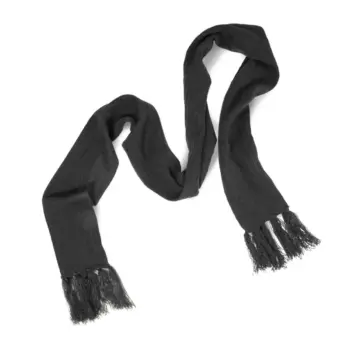
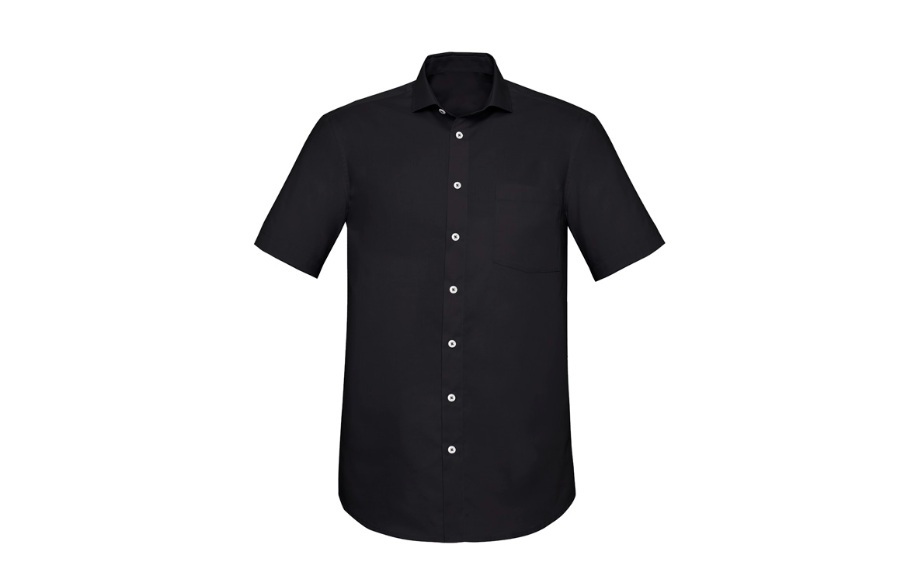 Corporate Uniforms
Corporate Uniforms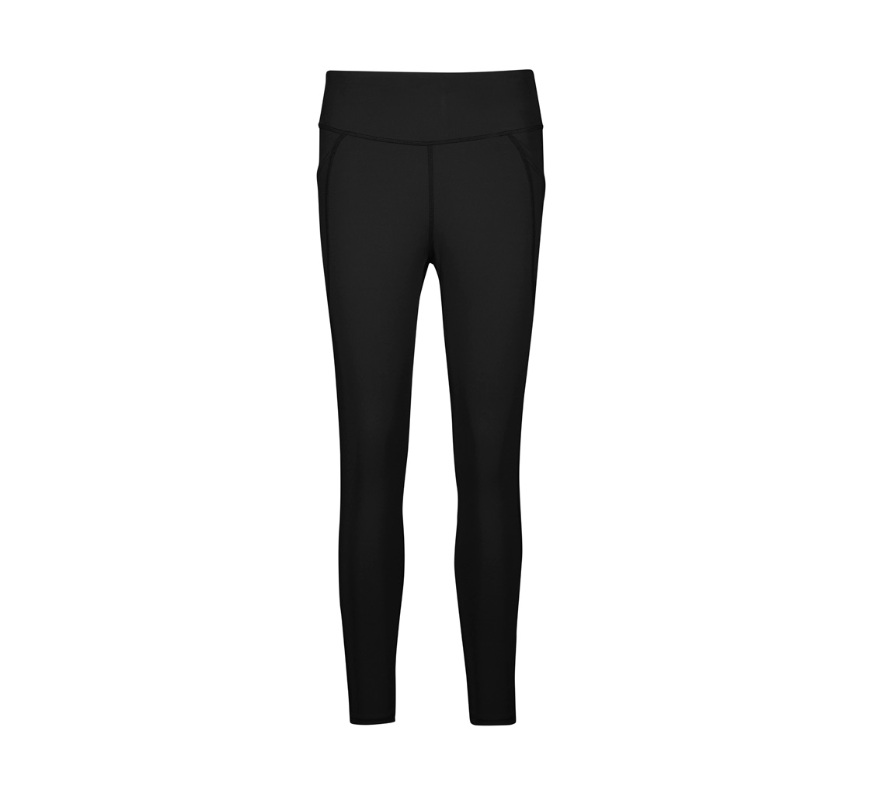 Eco Apparel
Eco Apparel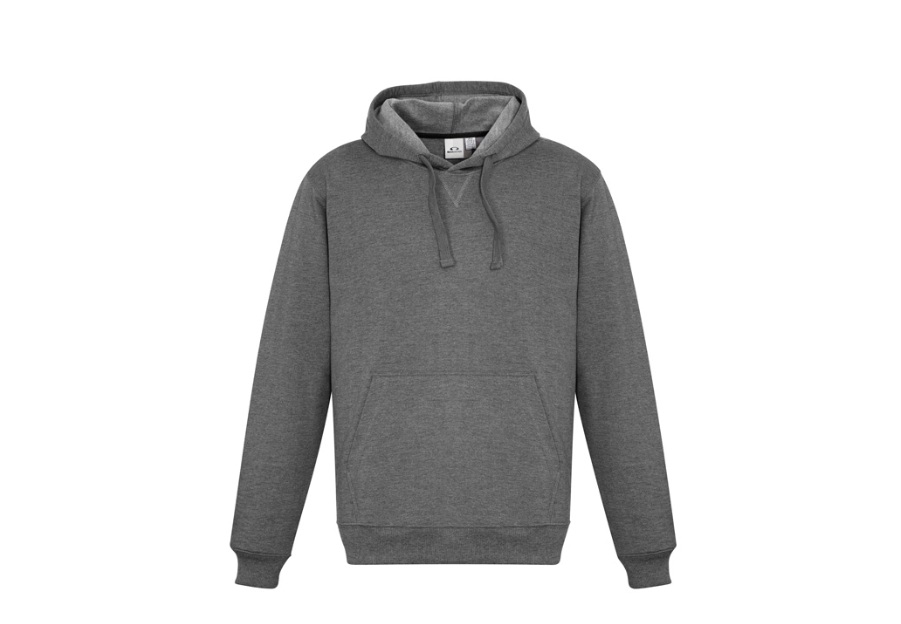 Hoodies & Sweaters
Hoodies & Sweaters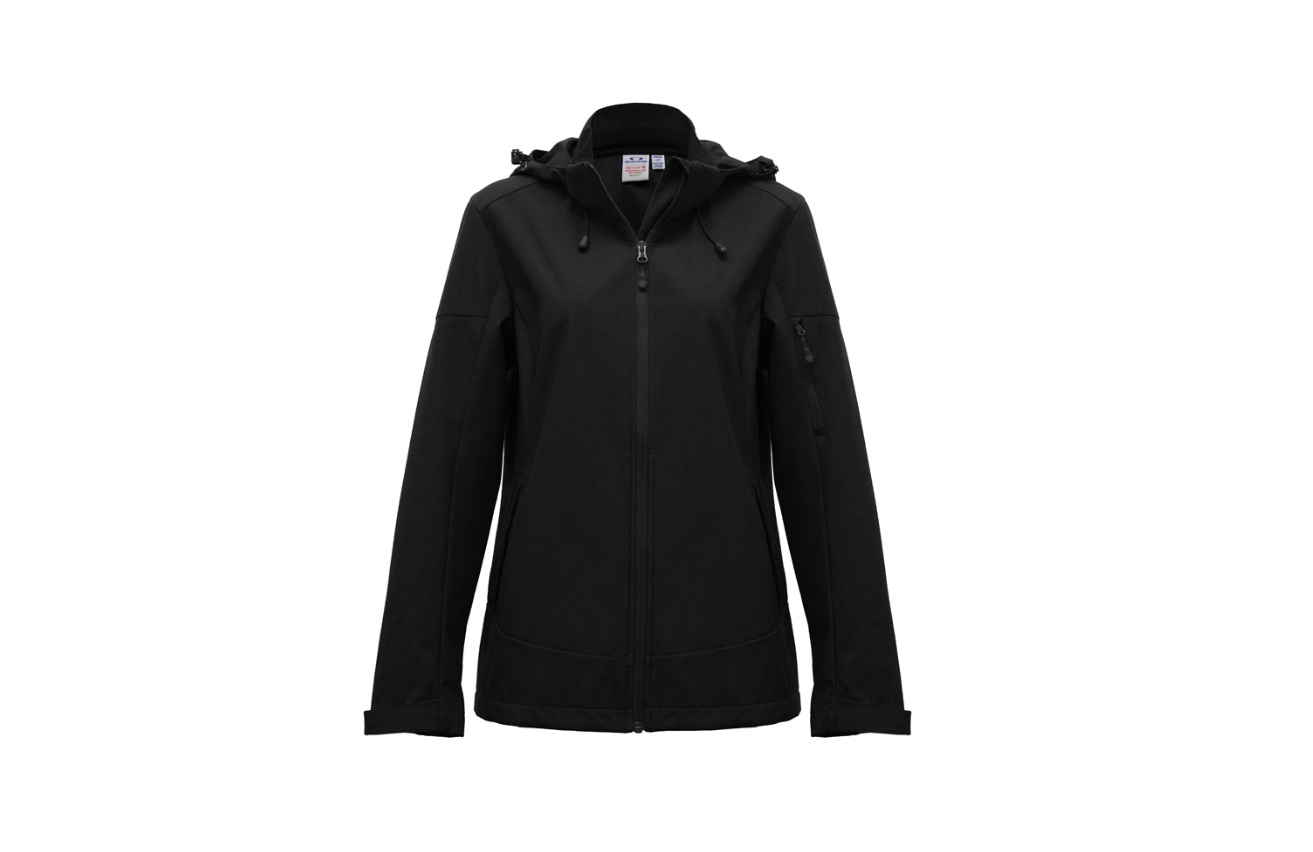 Jackets
Jackets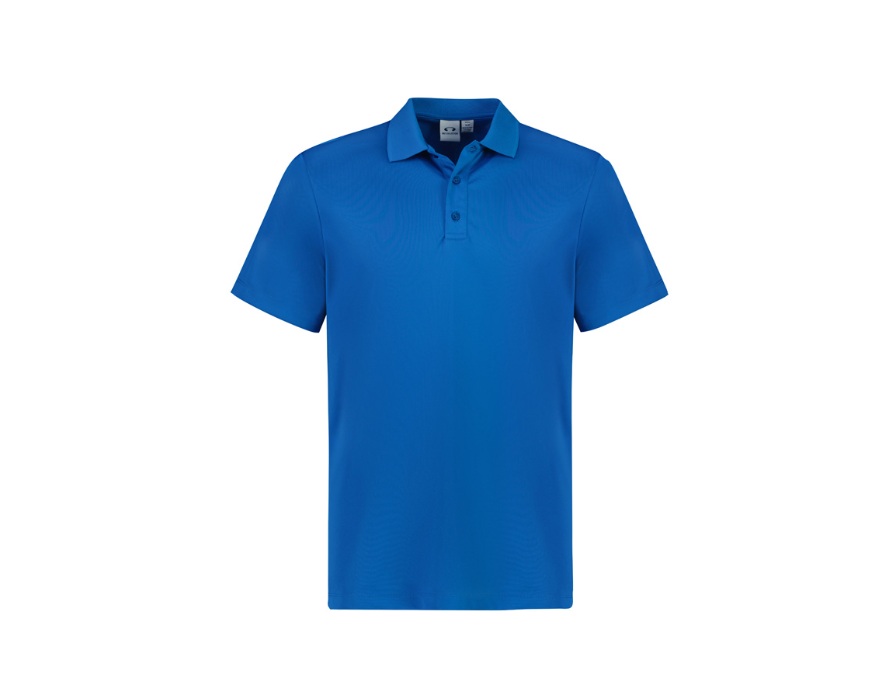 Kids' Clothes
Kids' Clothes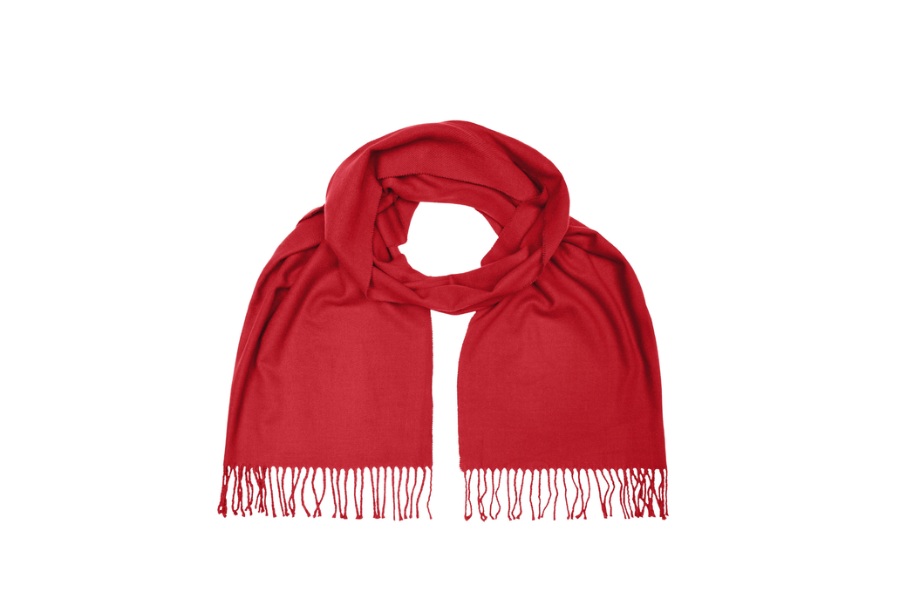 Other Apparel
Other Apparel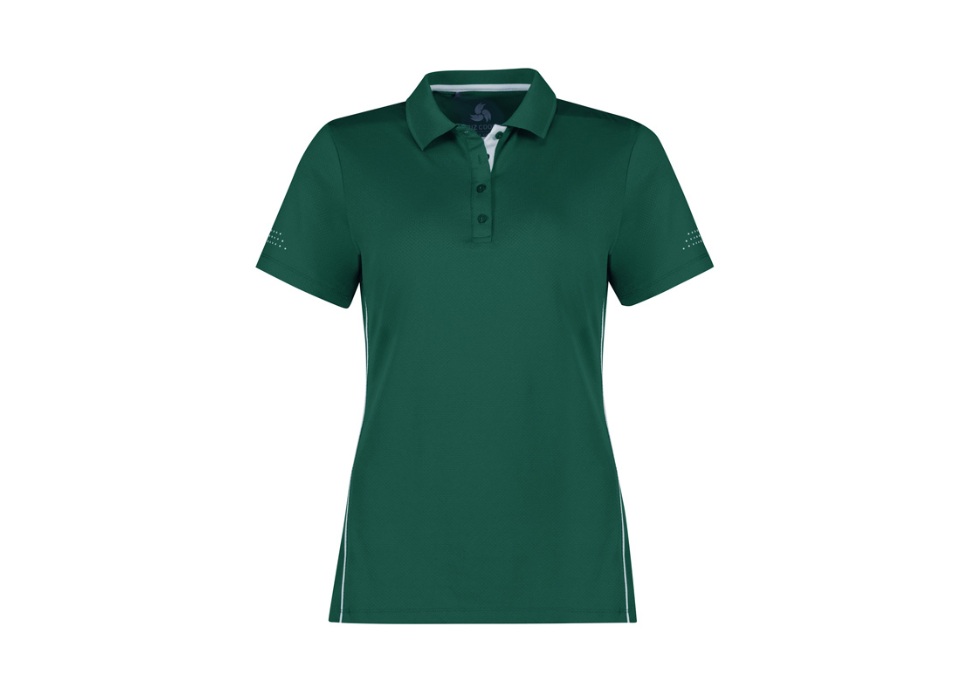 Polo Shirts
Polo Shirts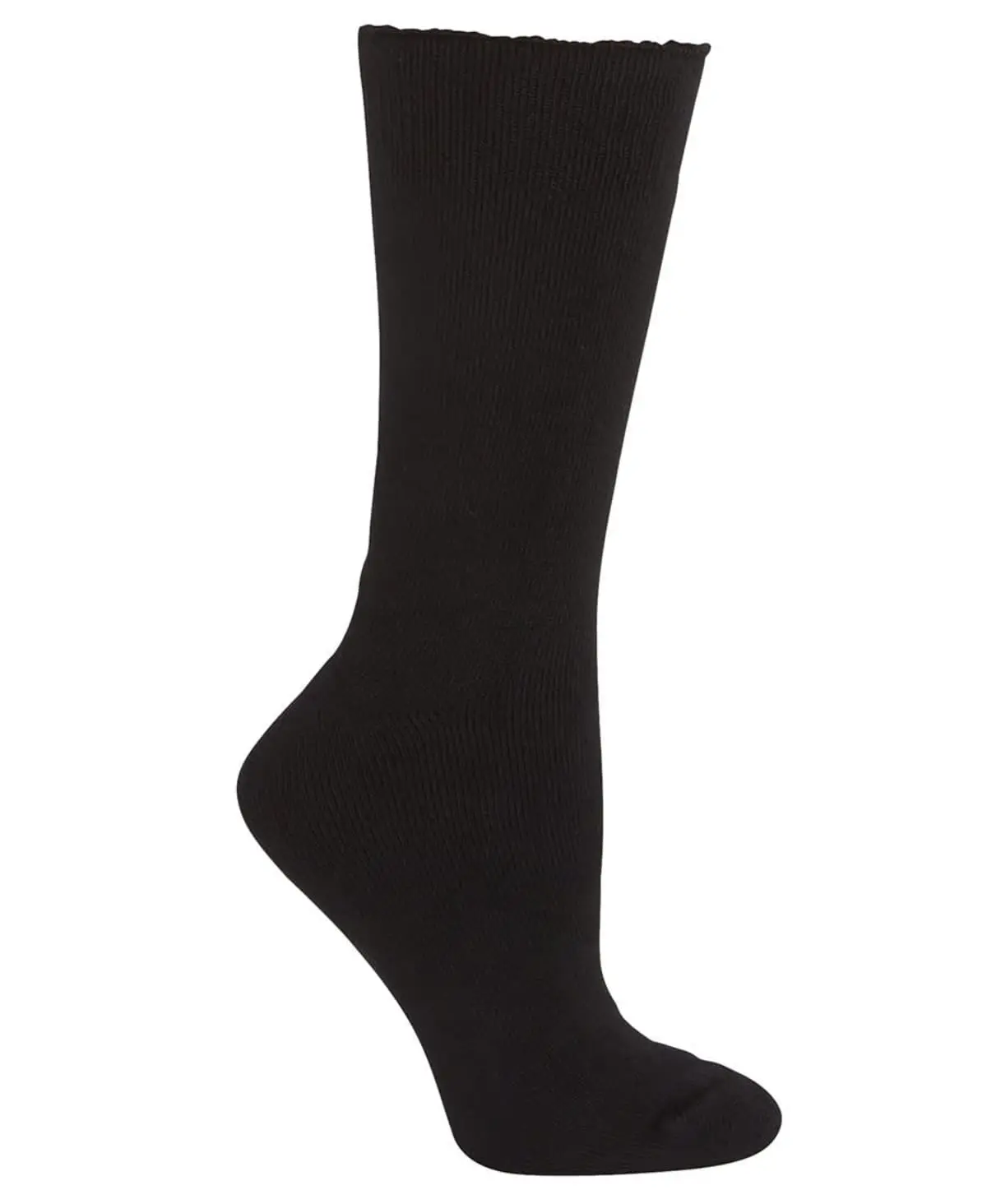 Socks
Socks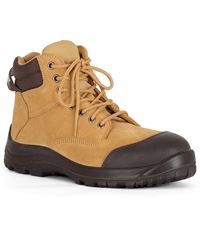 Shoes
Shoes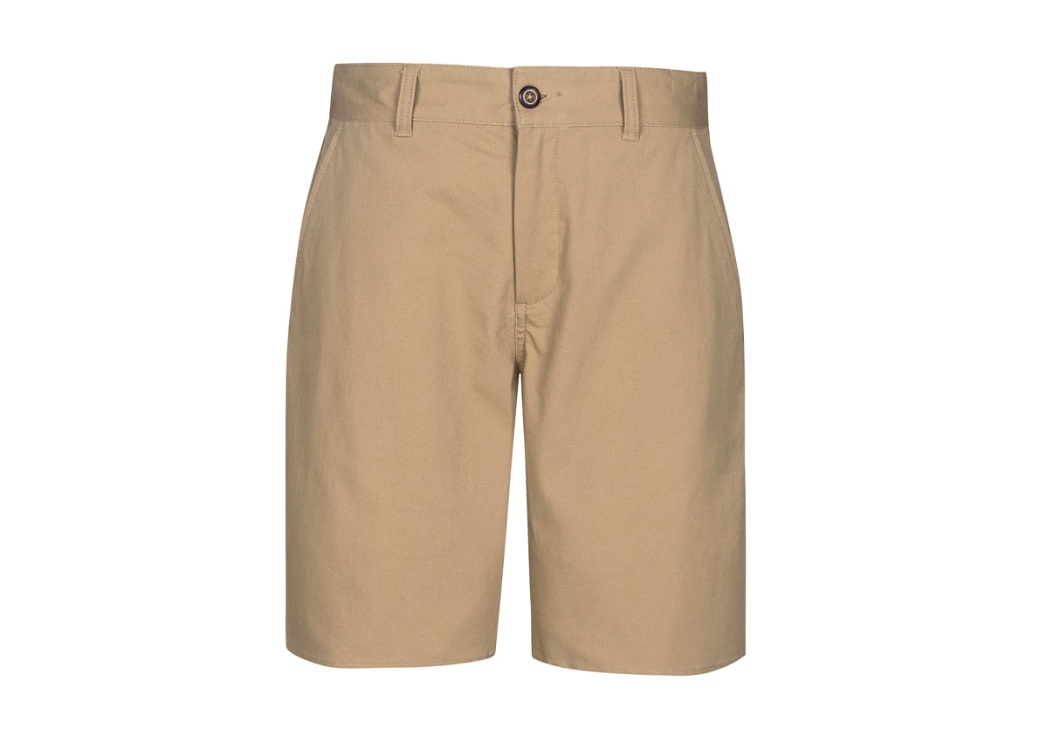 Sports Bottoms
Sports Bottoms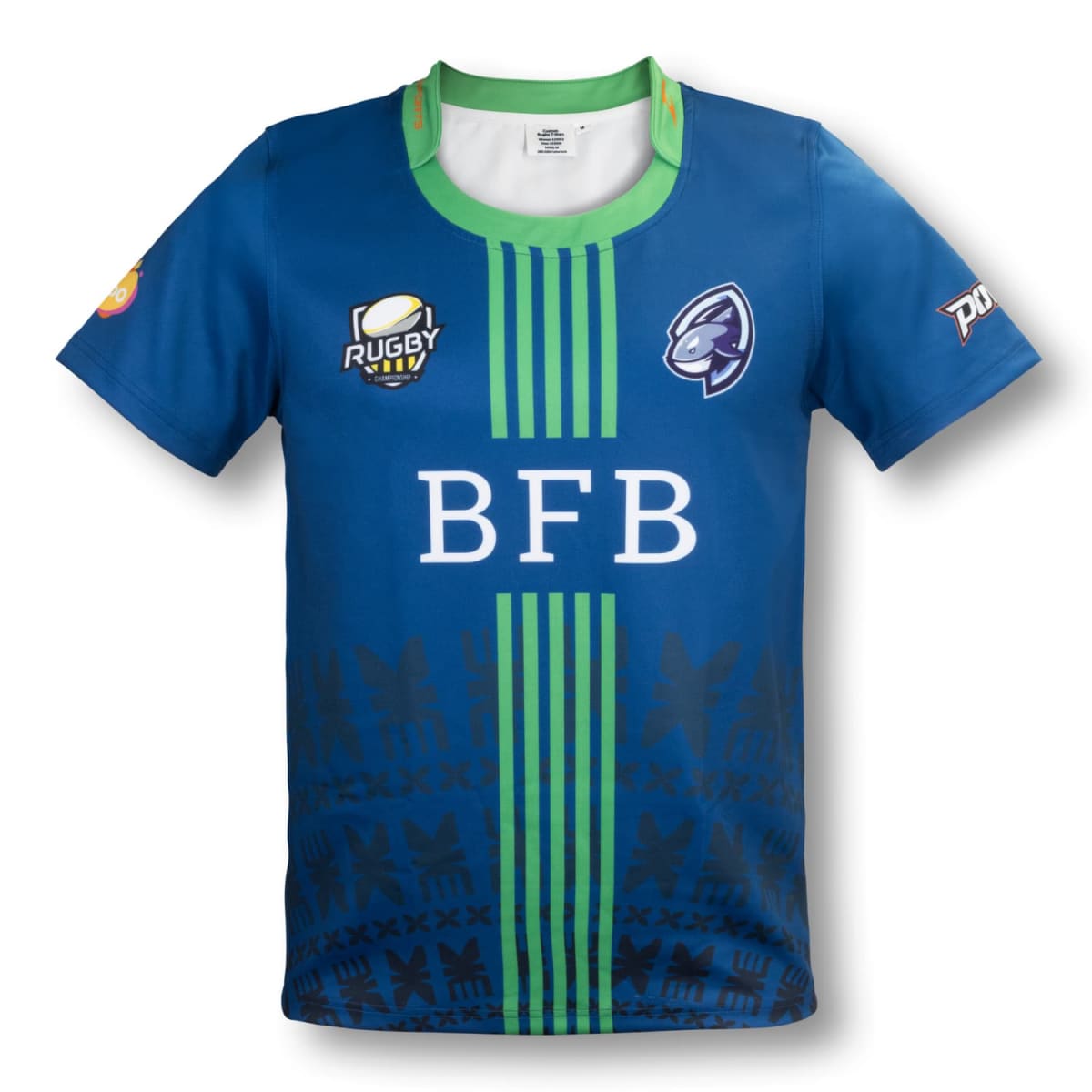 Sports Uniforms
Sports Uniforms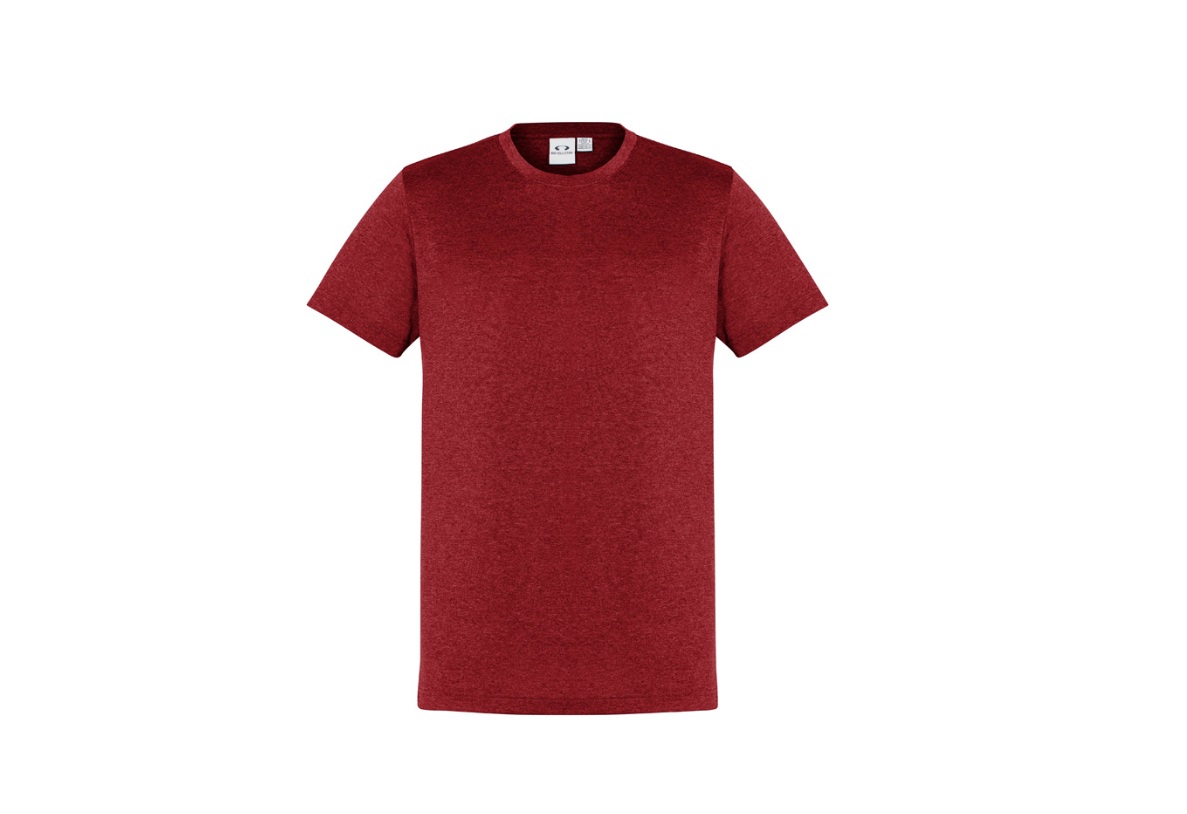 Tee Shirts
Tee Shirts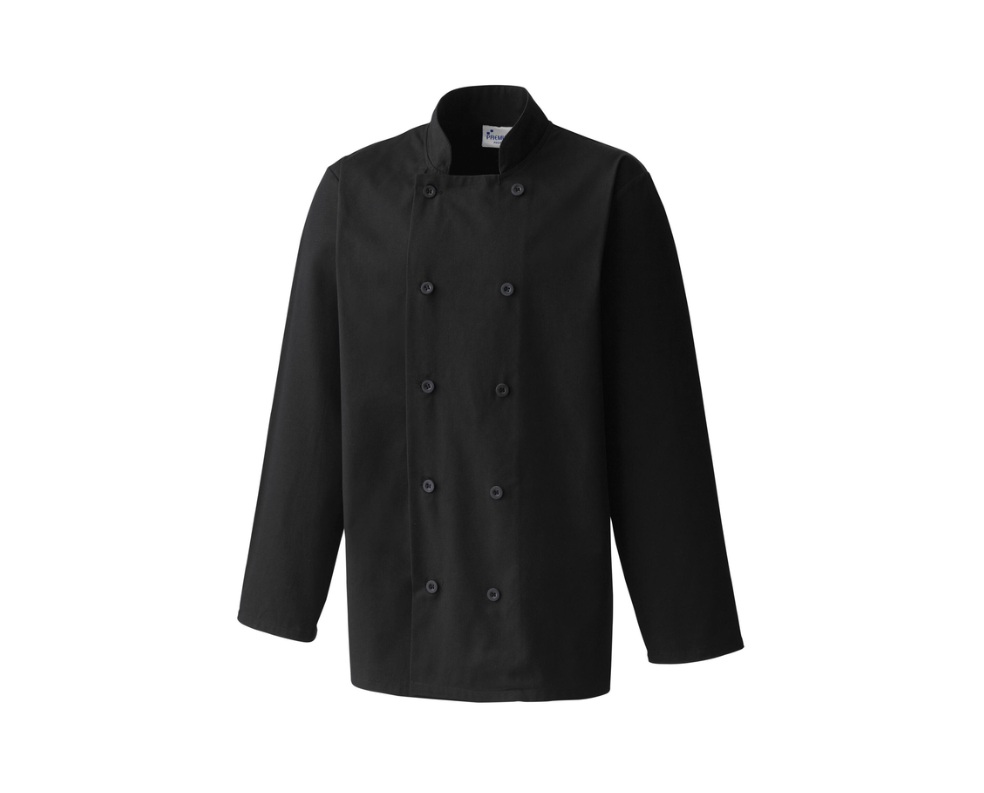 Workwear
Workwear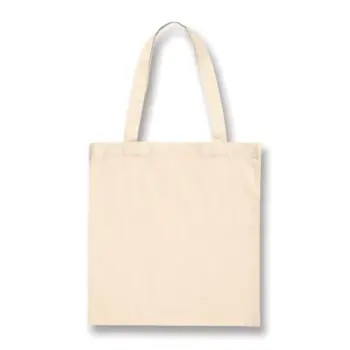
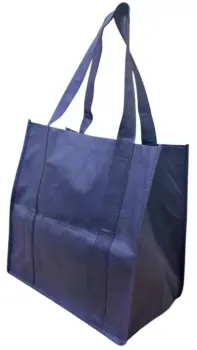
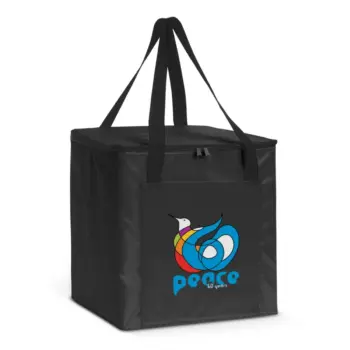
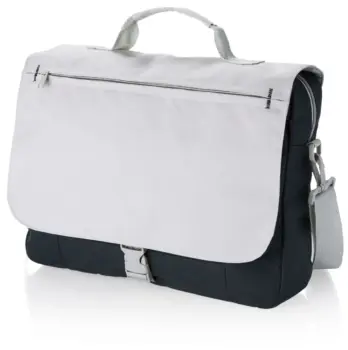
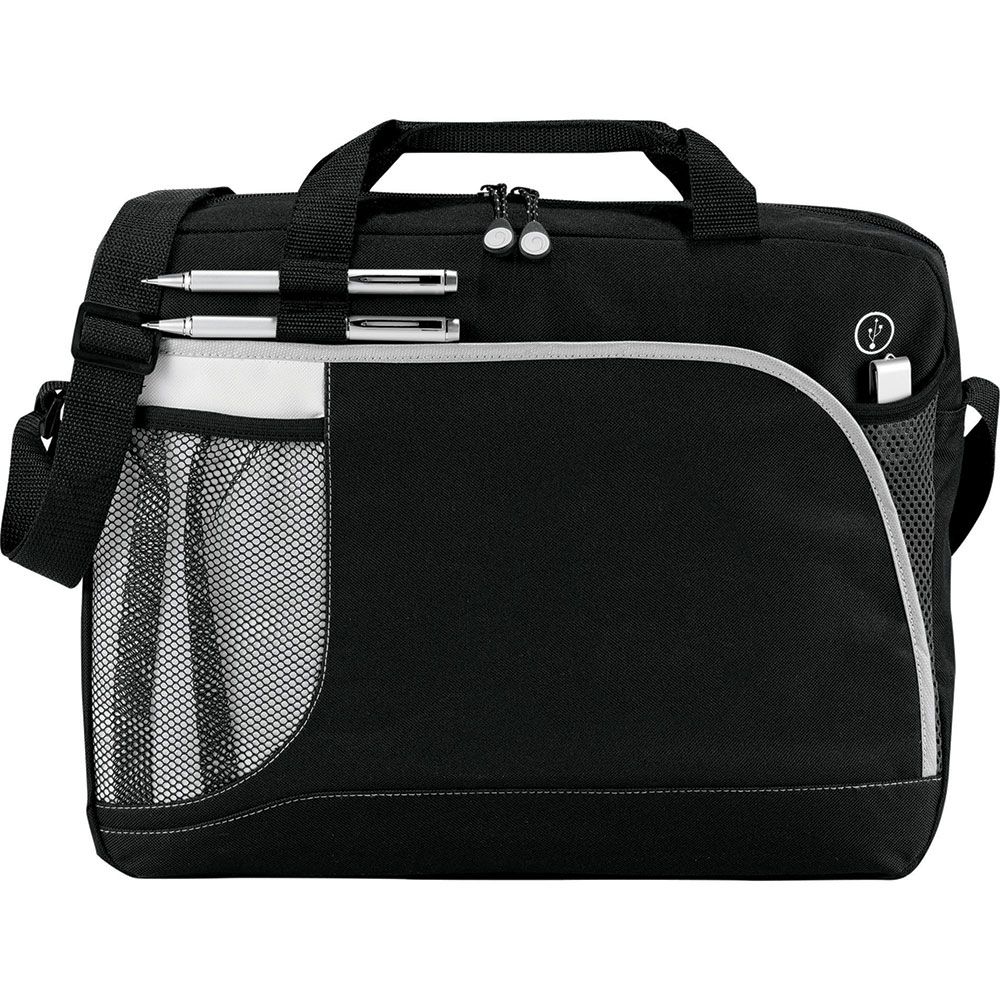 Briefcases
Briefcases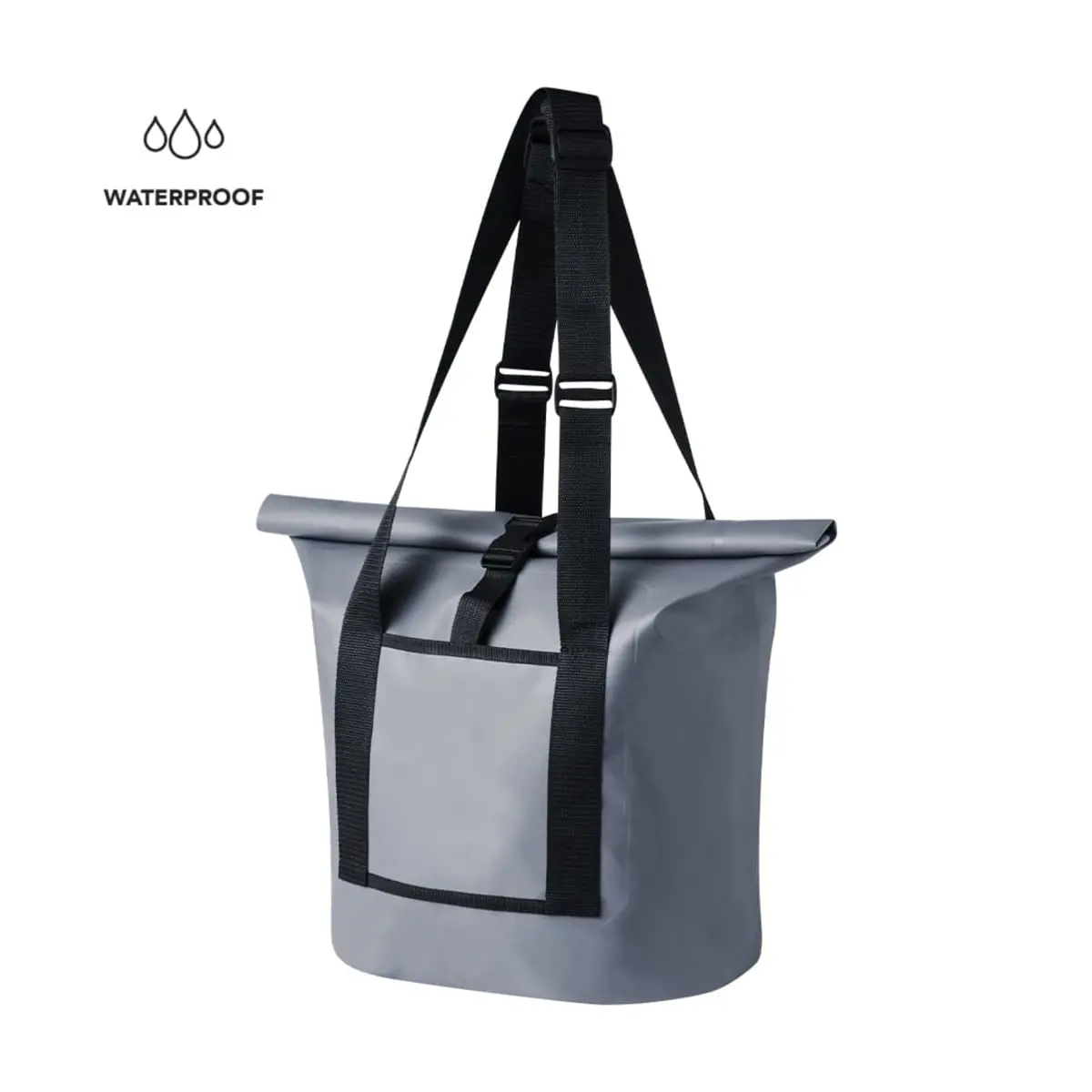 Dry Bags
Dry Bags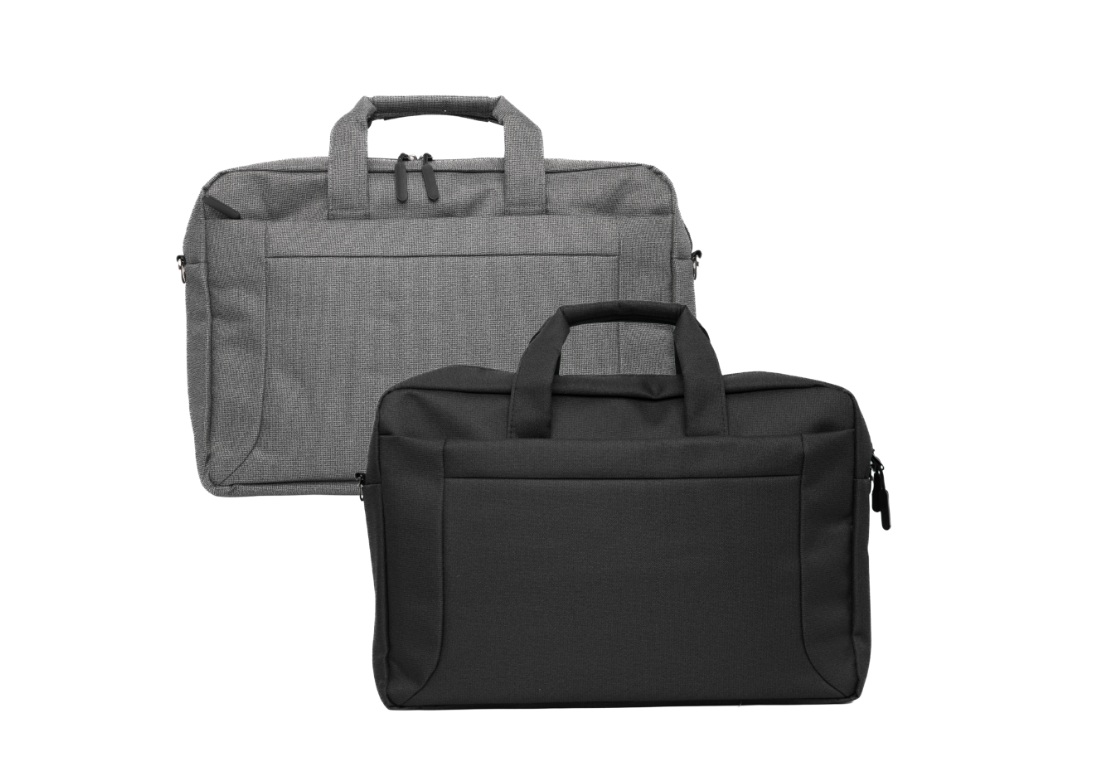 Laptop
Laptop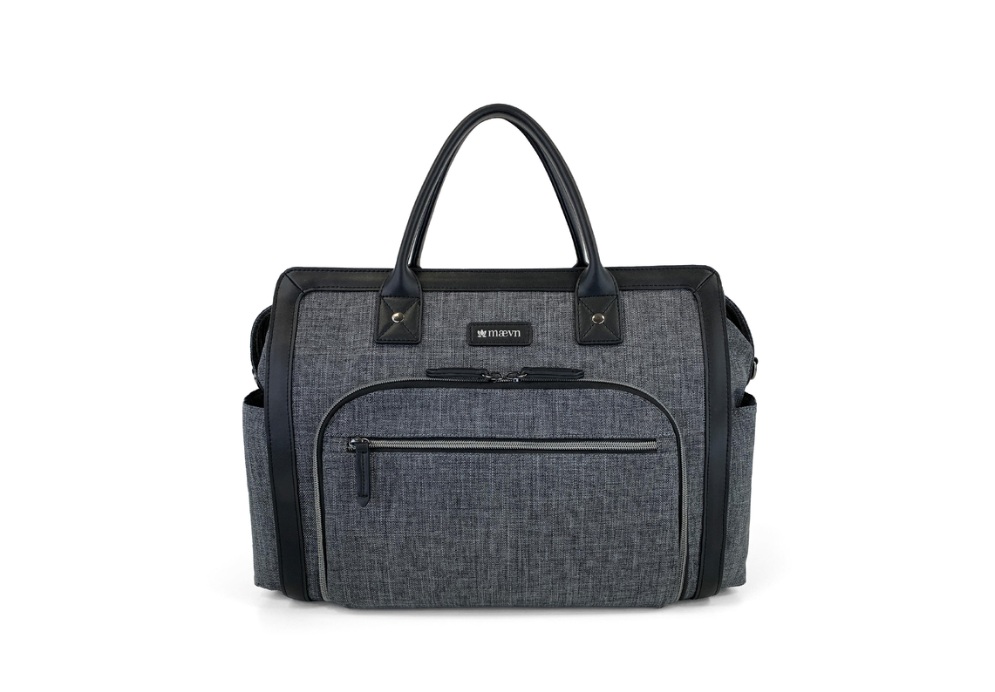 Satchels
Satchels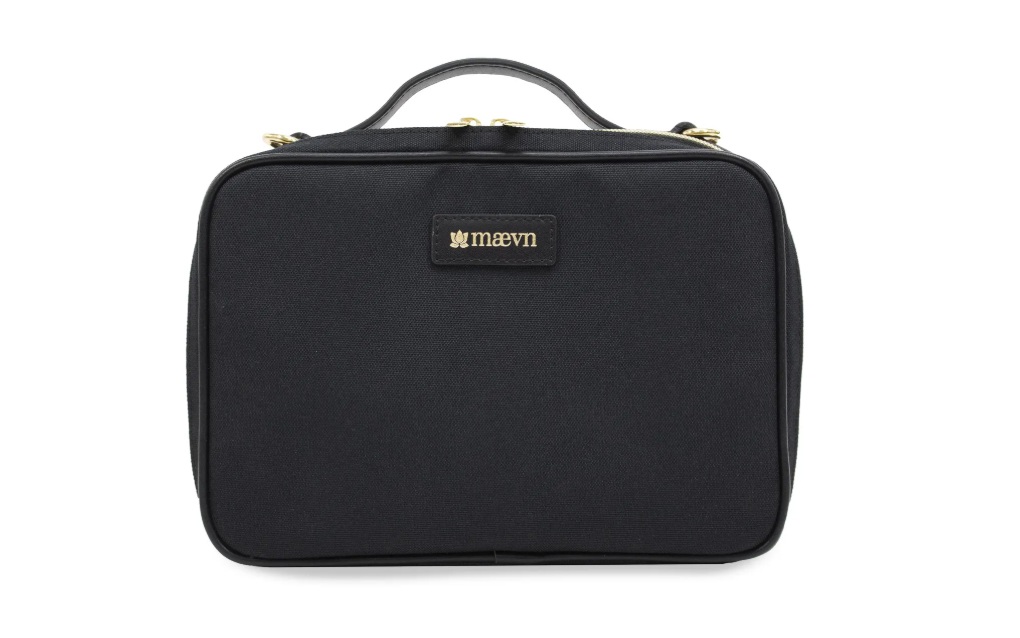 Specialised Bags
Specialised Bags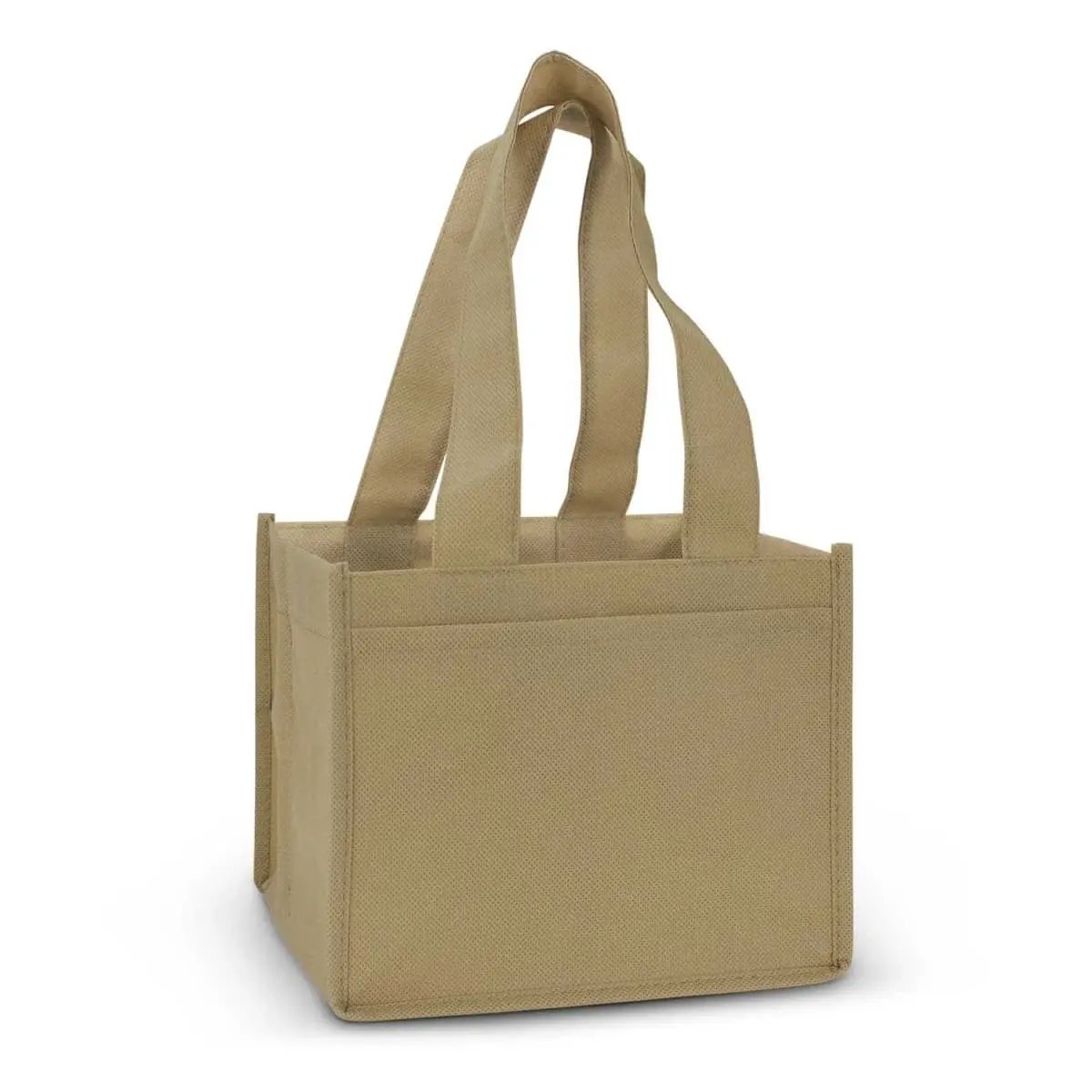 Tote Bags
Tote Bags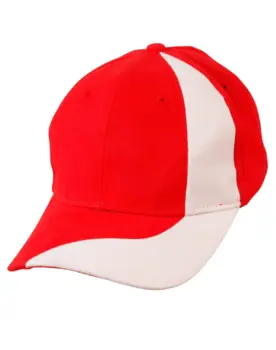
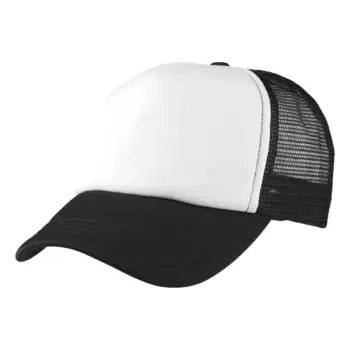
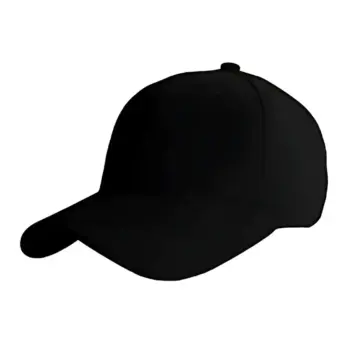
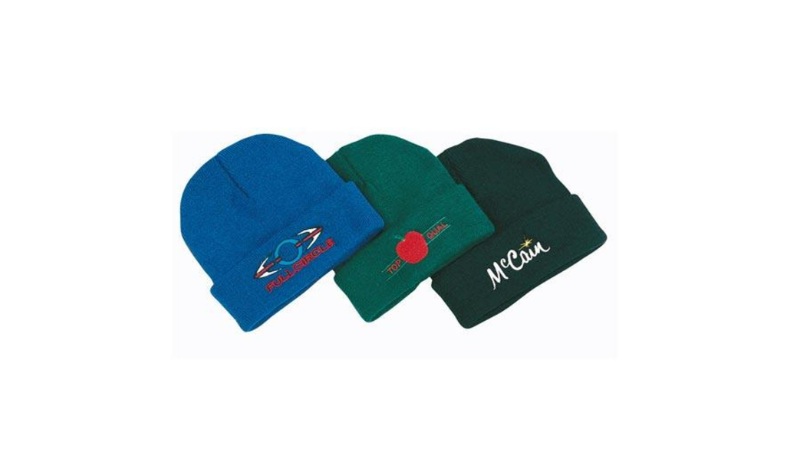 Beanies
Beanies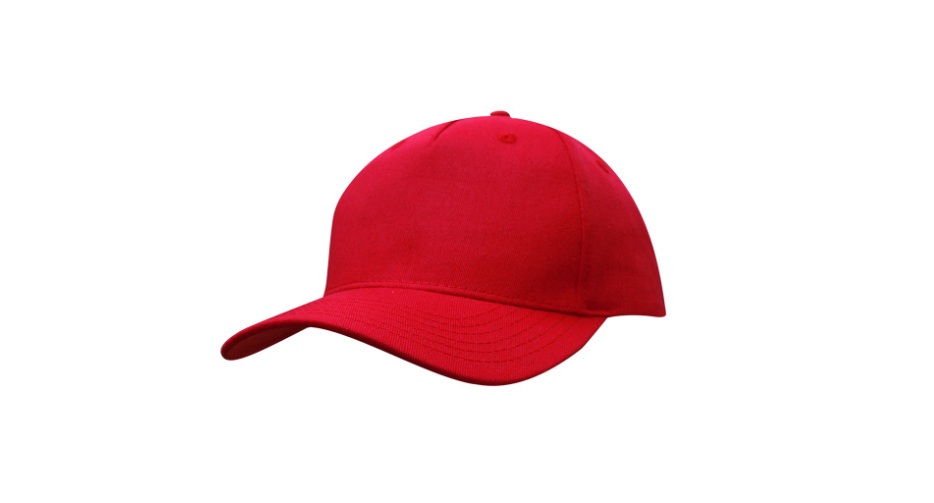 Caps
Caps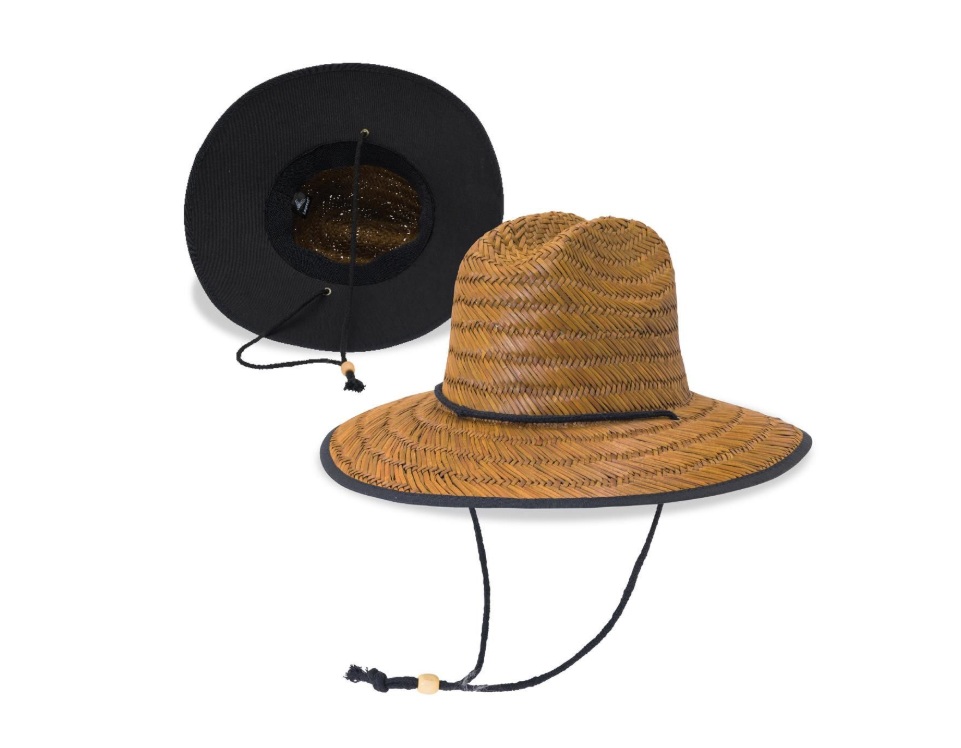 Straw Hats
Straw Hats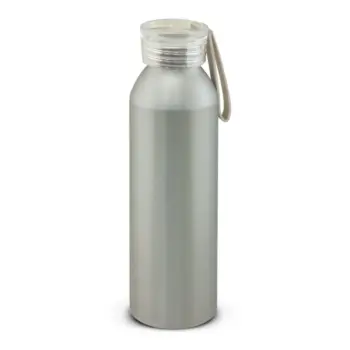
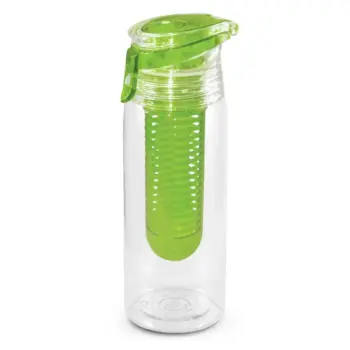
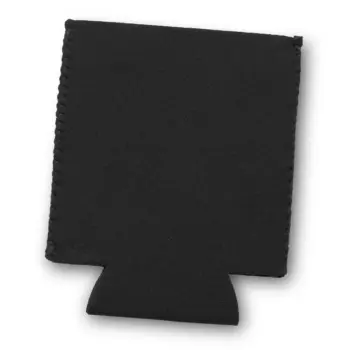
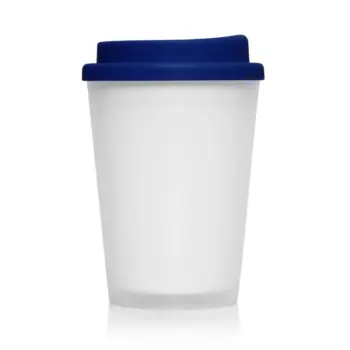
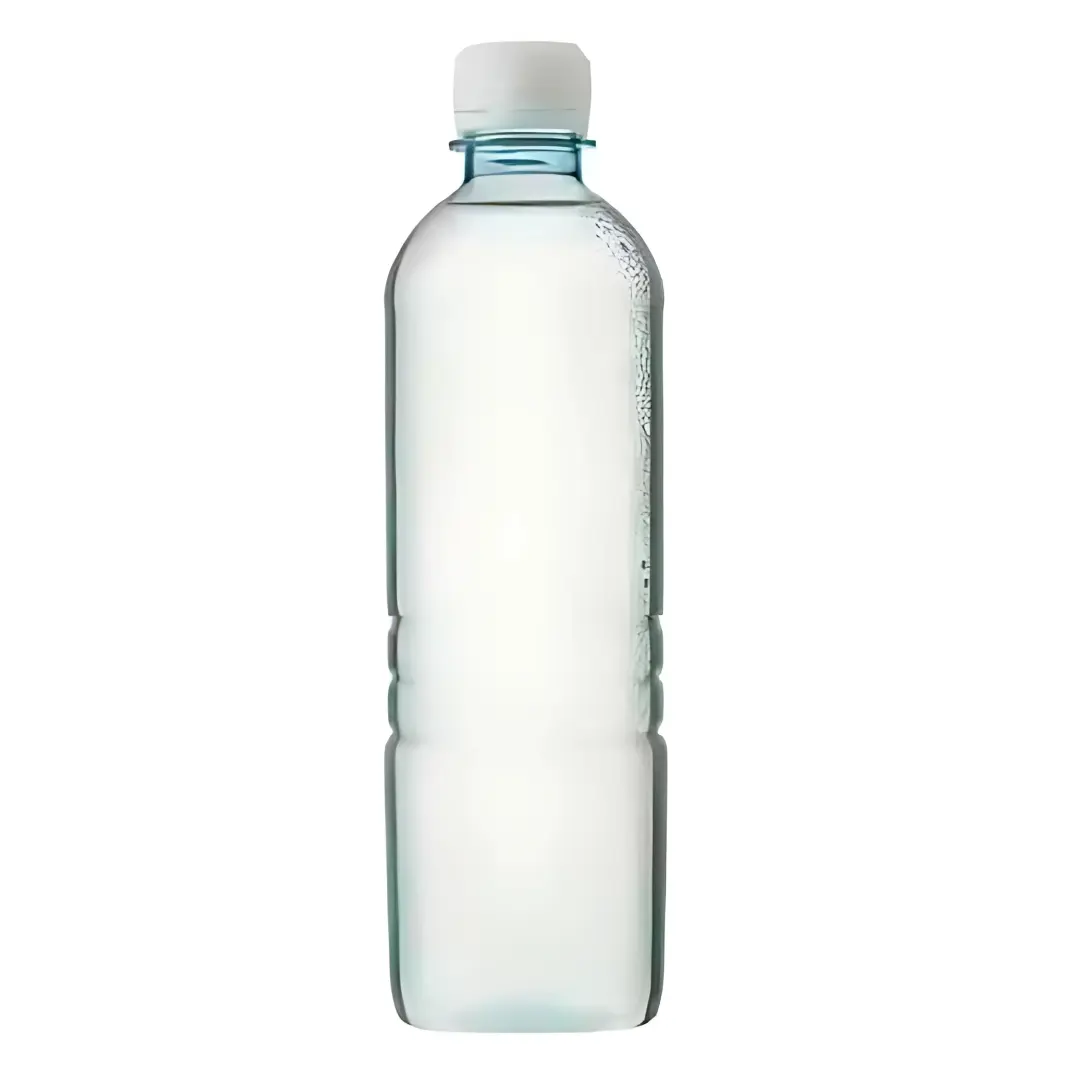 Bottled Water
Bottled Water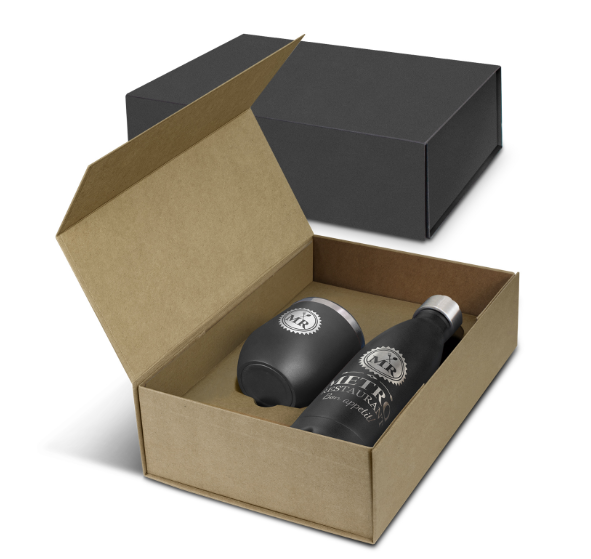 Drinkware Gift Sets
Drinkware Gift Sets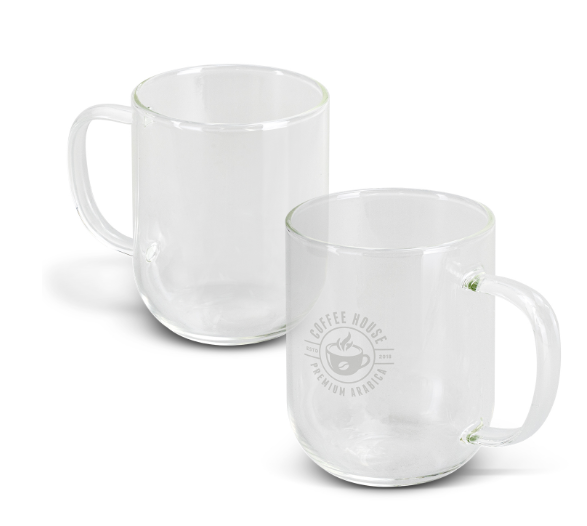 Glass & Poly Cups
Glass & Poly Cups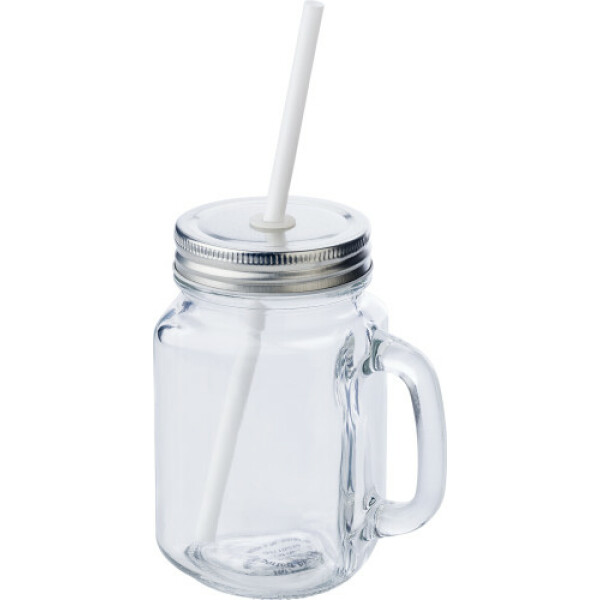 Mason Jars
Mason Jars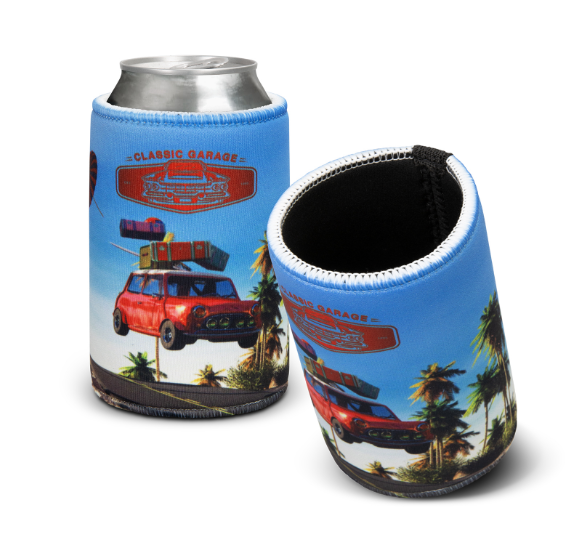 Stubby | Bar & Drinkware
Stubby | Bar & Drinkware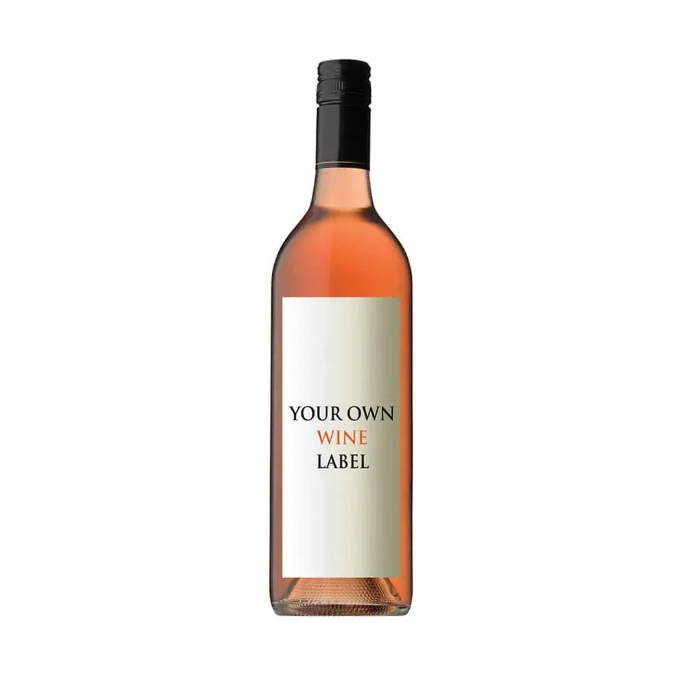 Wines
Wines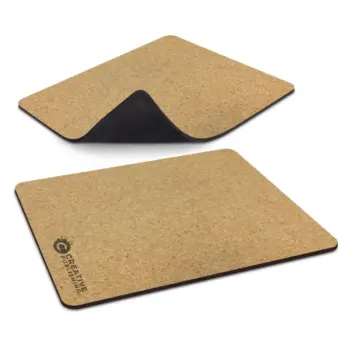


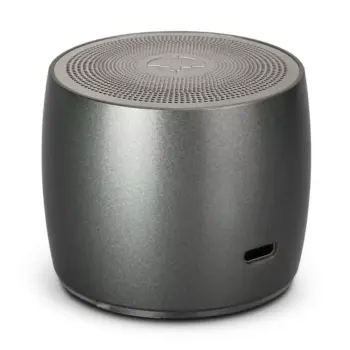
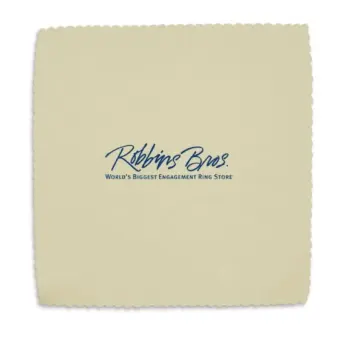
 Business Card Holders
Business Card Holders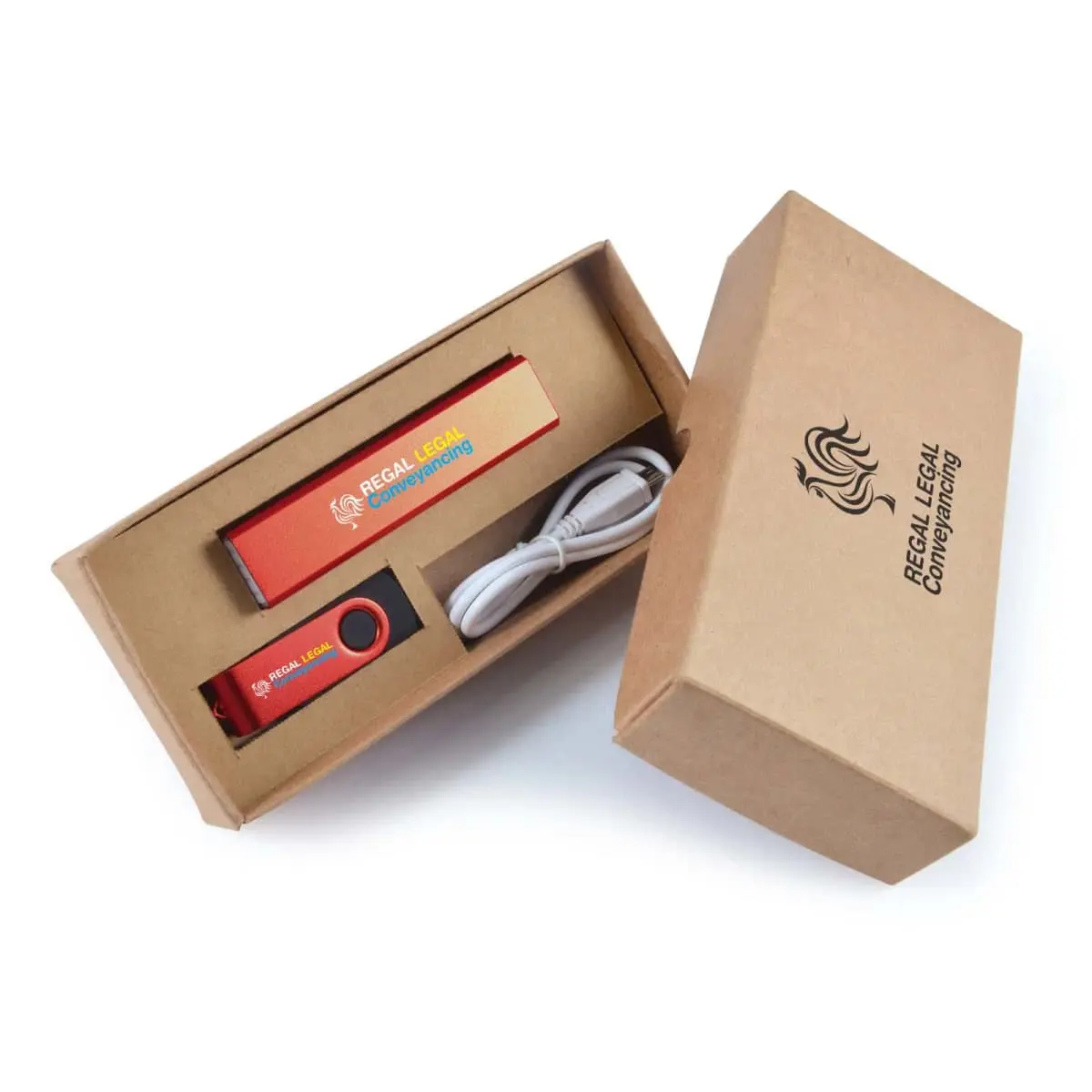 IT Gift Sets
IT Gift Sets Tech Computers
Tech Computers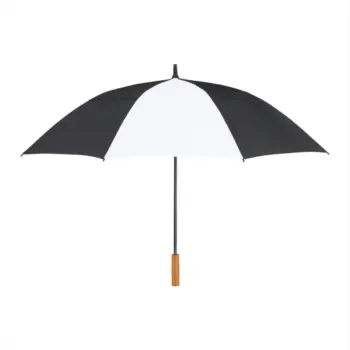
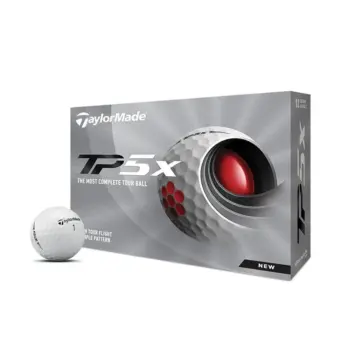
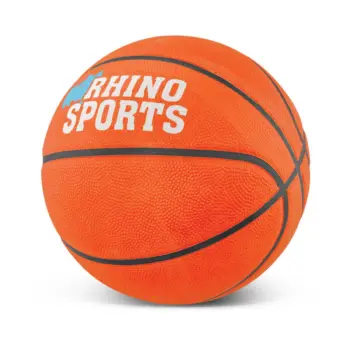
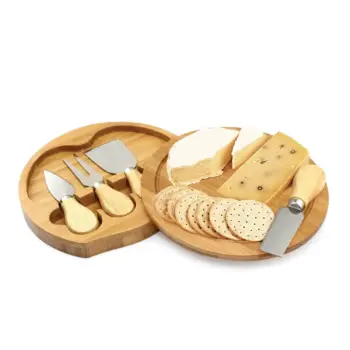
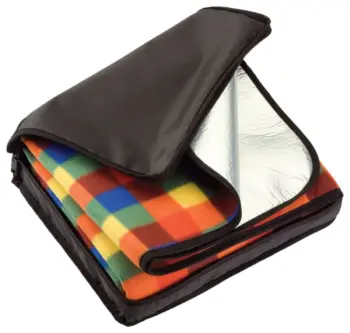
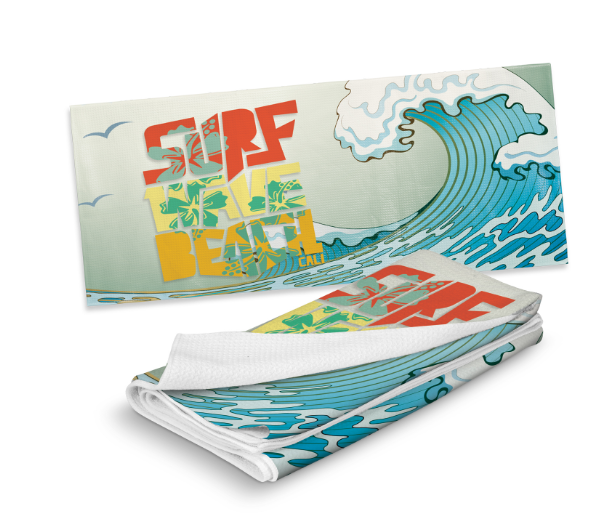 Beach Towels
Beach Towels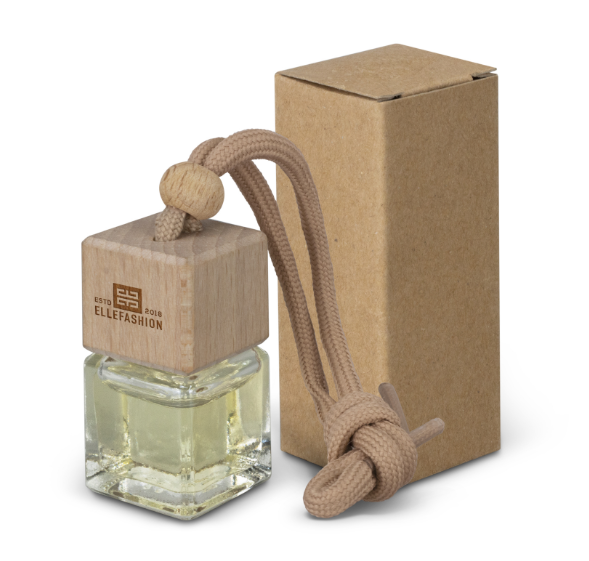 Car Accessories
Car Accessories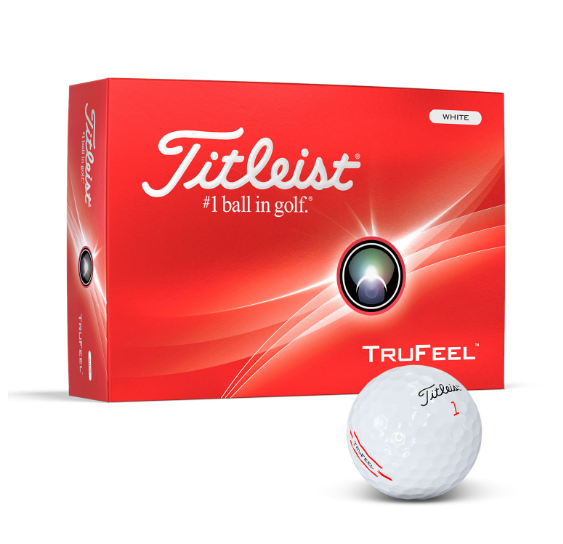 Golf
Golf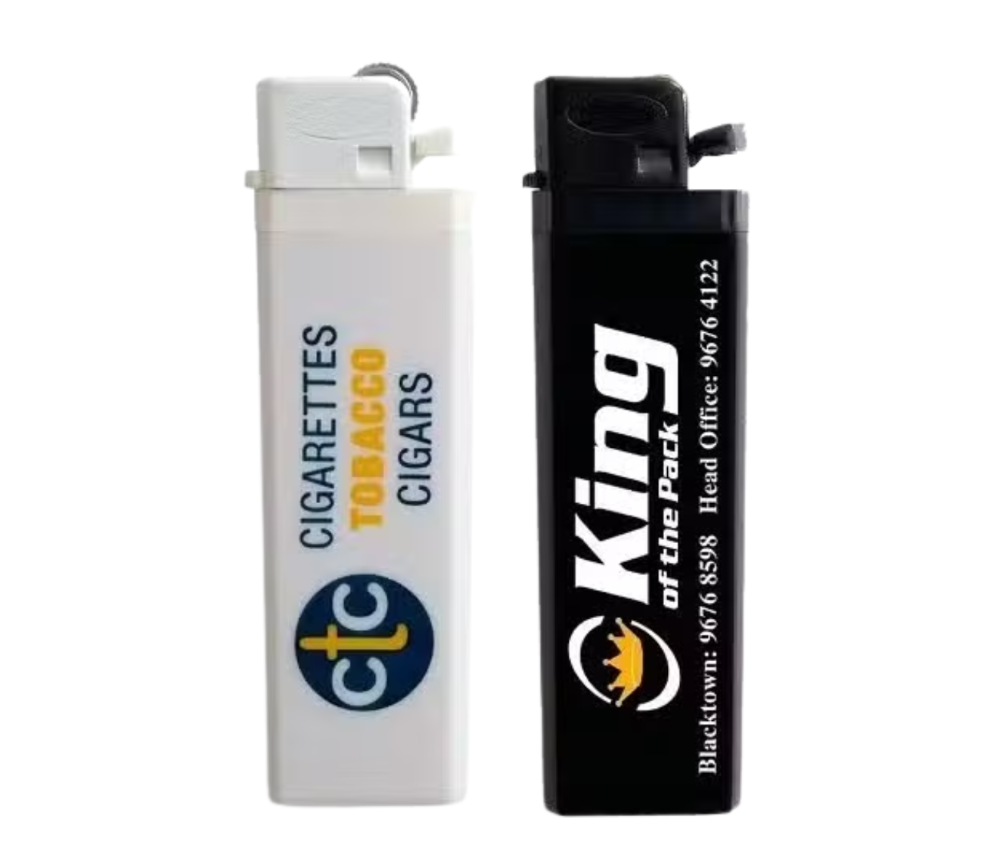 Lighters
Lighters Picnic Gear
Picnic Gear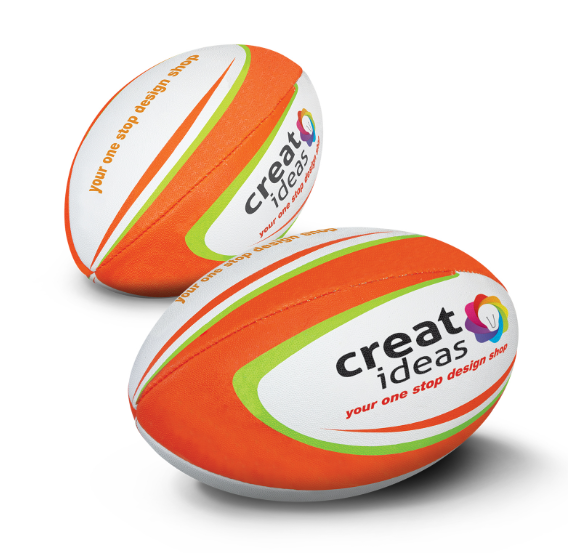 Sports Items
Sports Items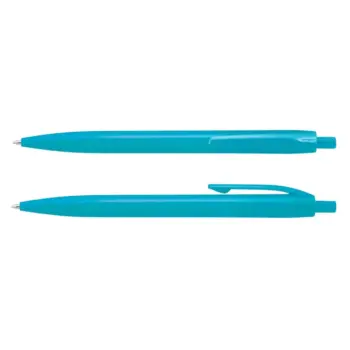

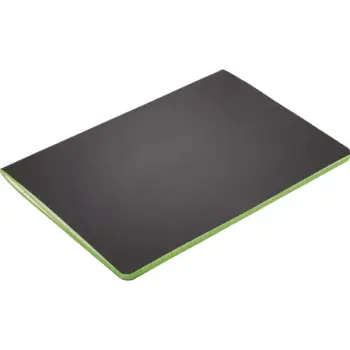
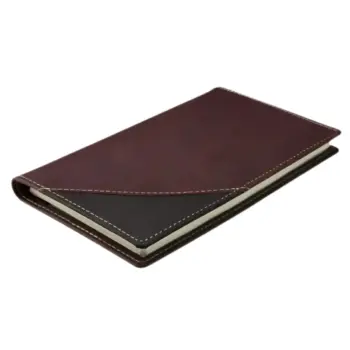
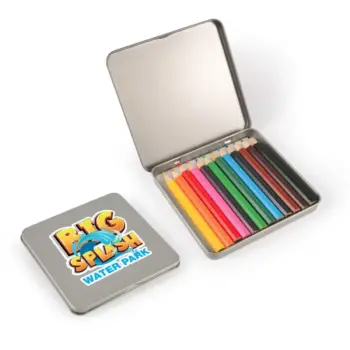
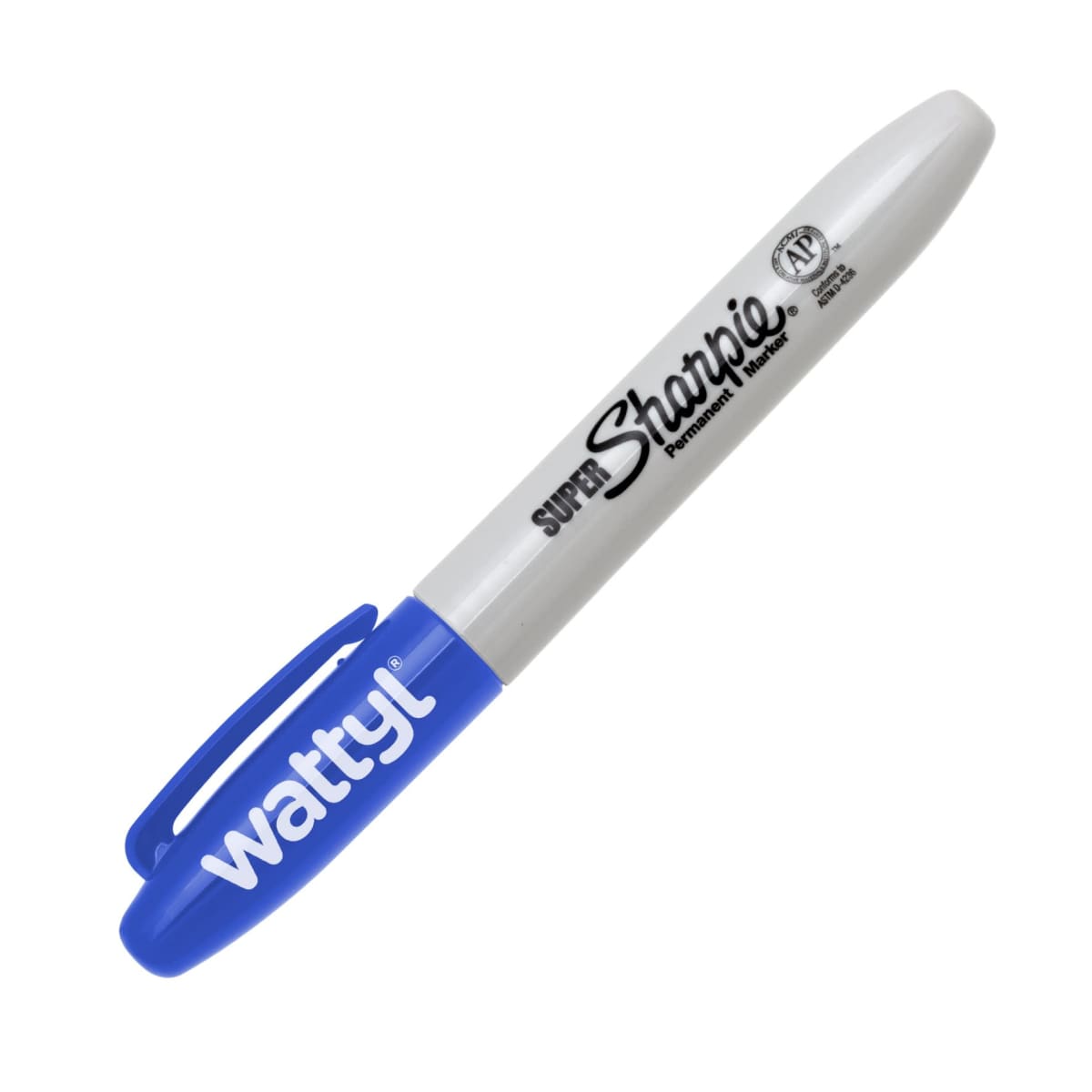 Markers
Markers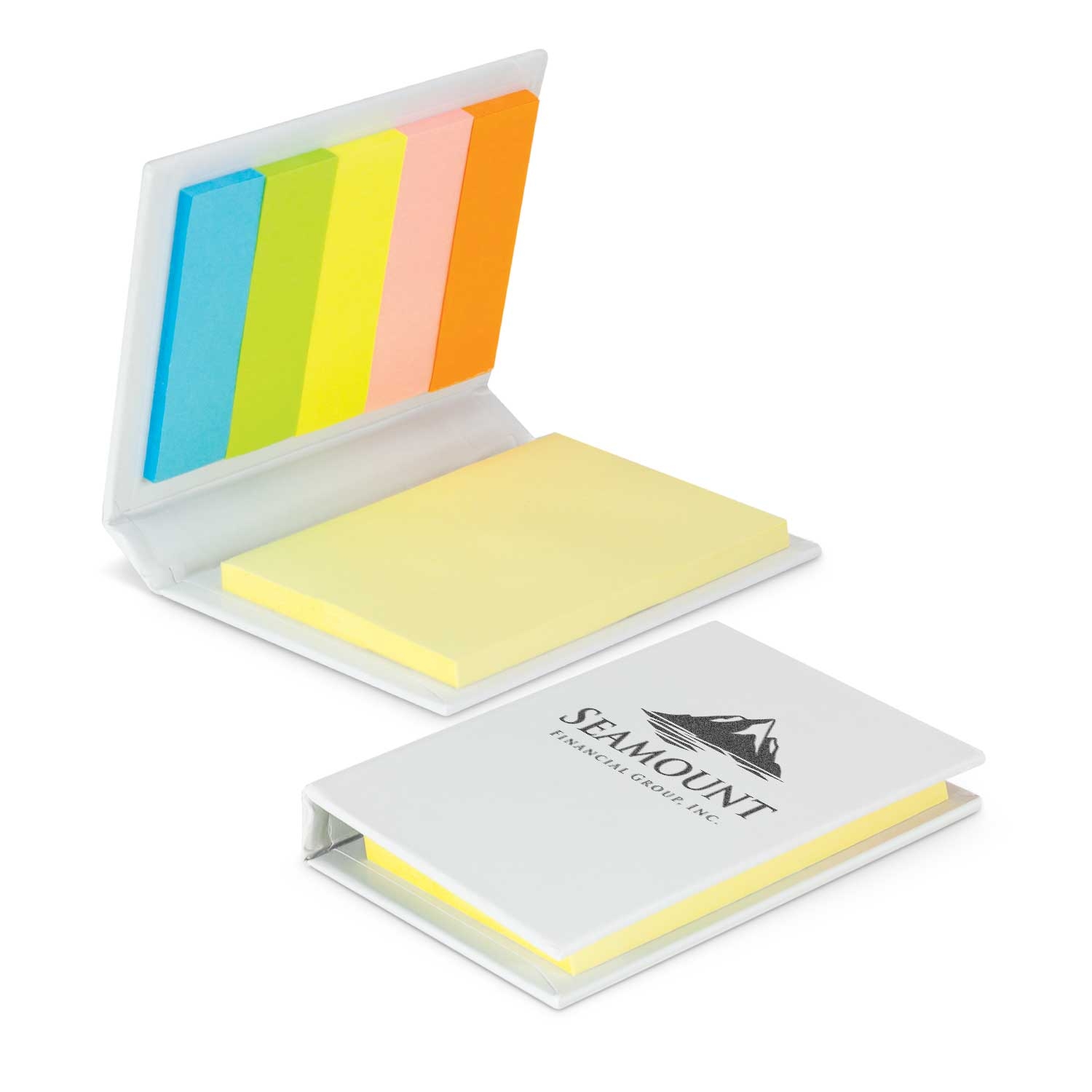 Post-It & Sticky Notes
Post-It & Sticky Notes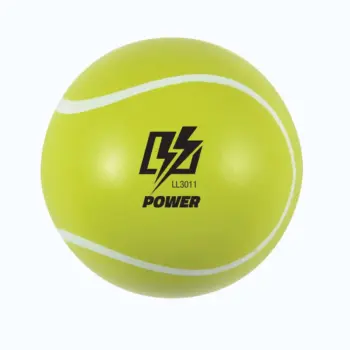
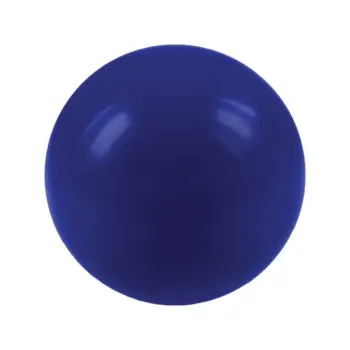

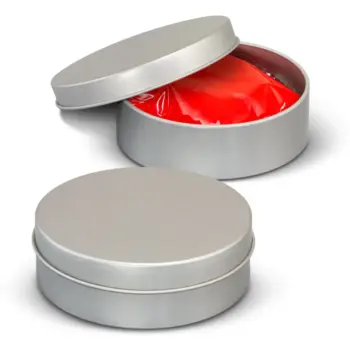
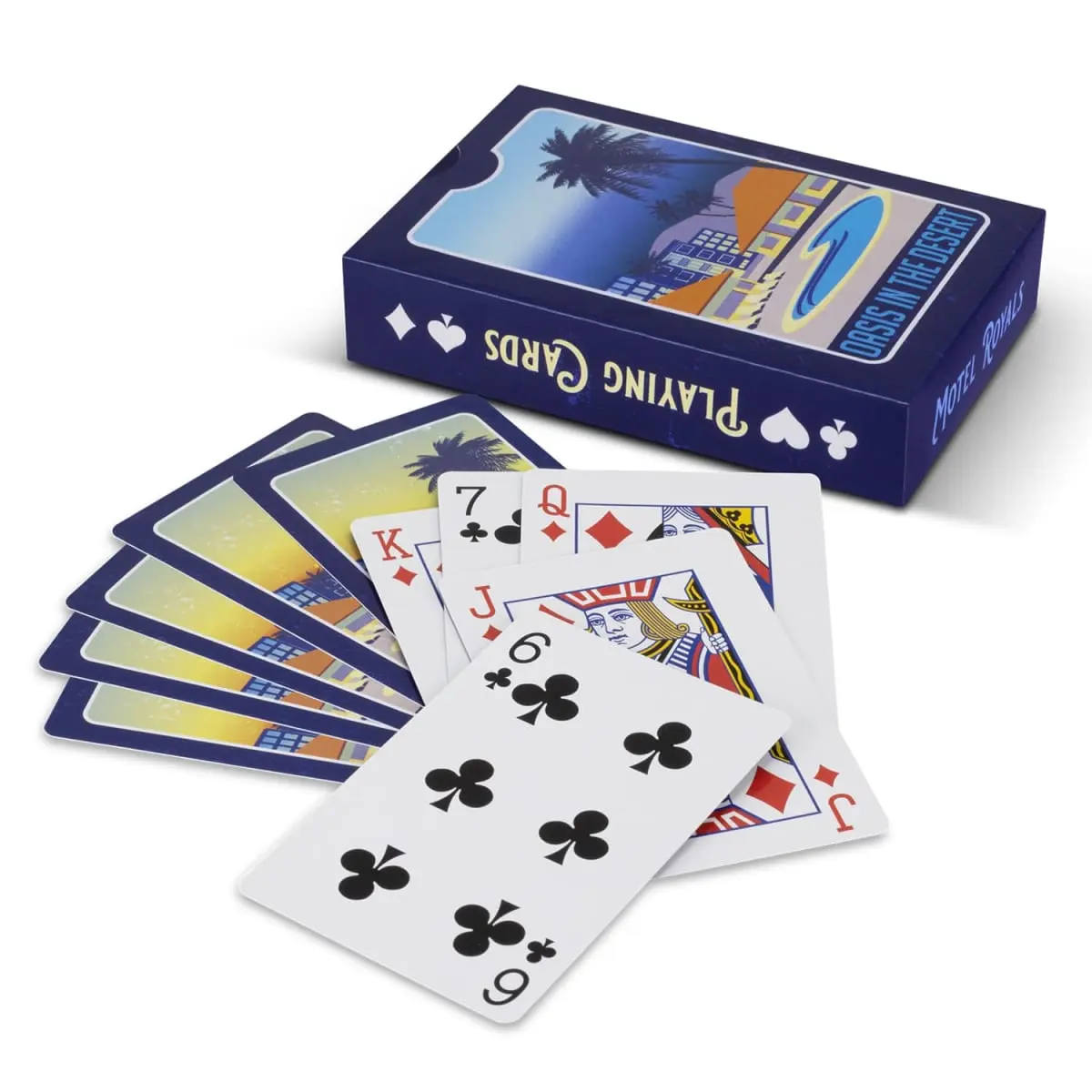 Card Decks
Card Decks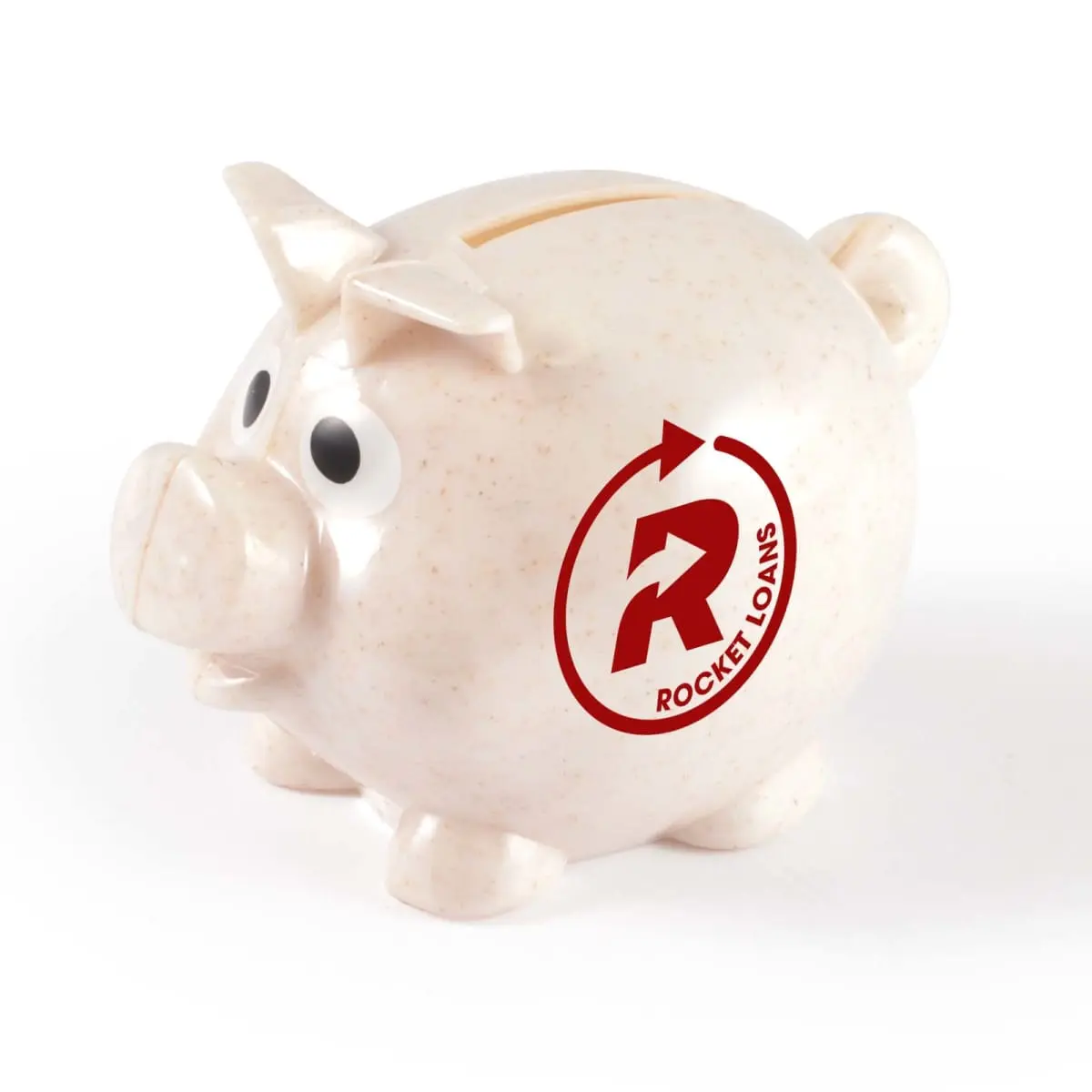 Coin Banks
Coin Banks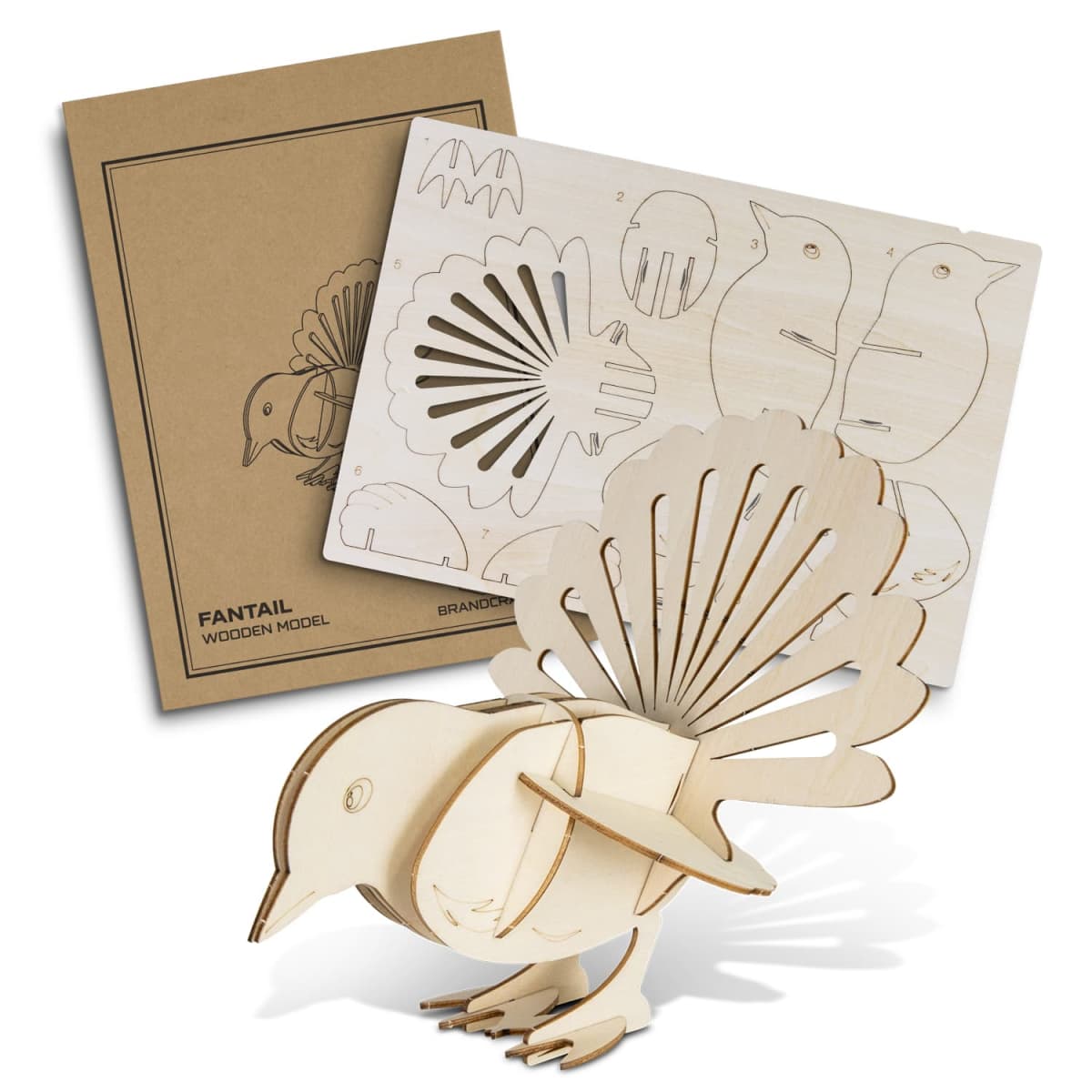 Conference Toys
Conference Toys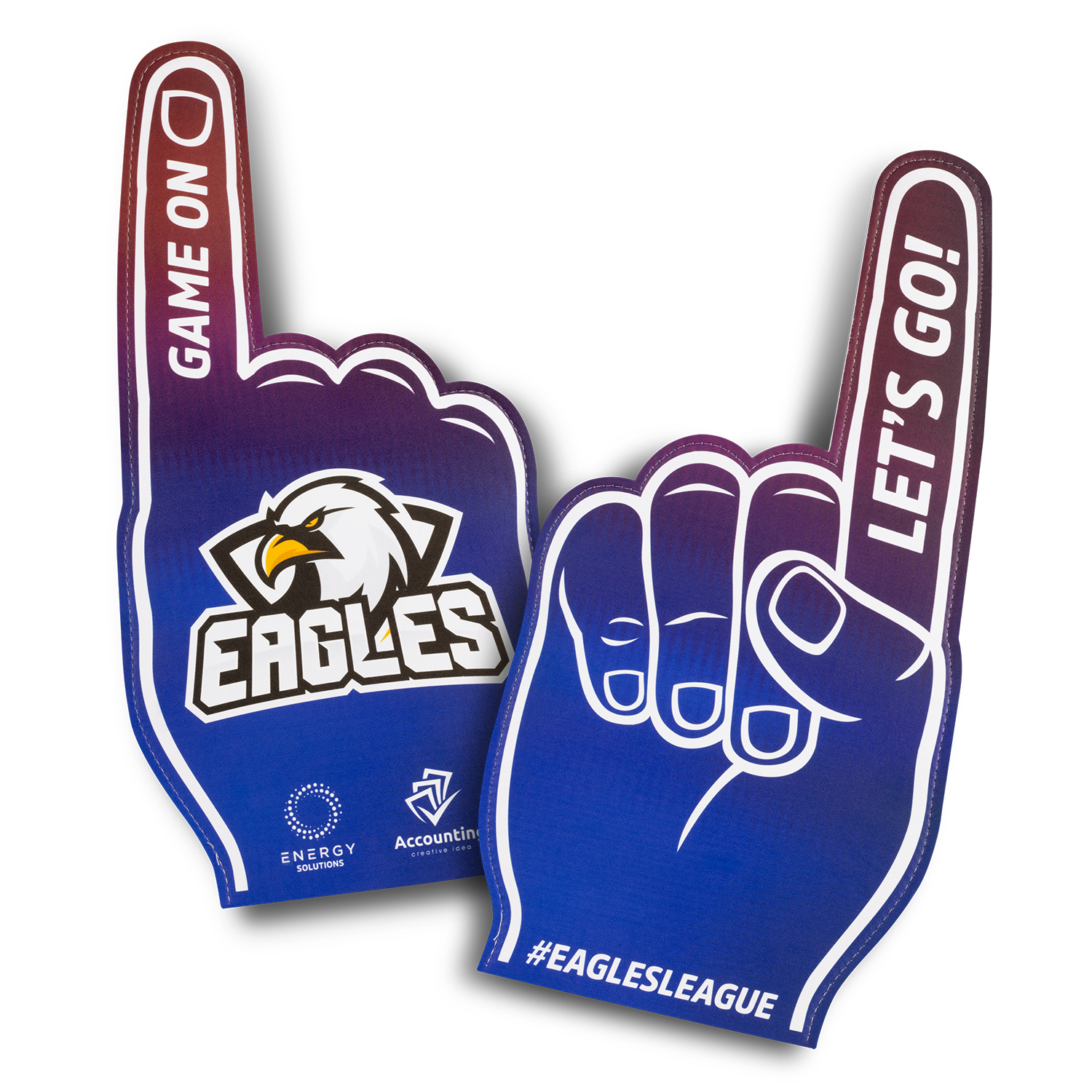 Event Toys
Event Toys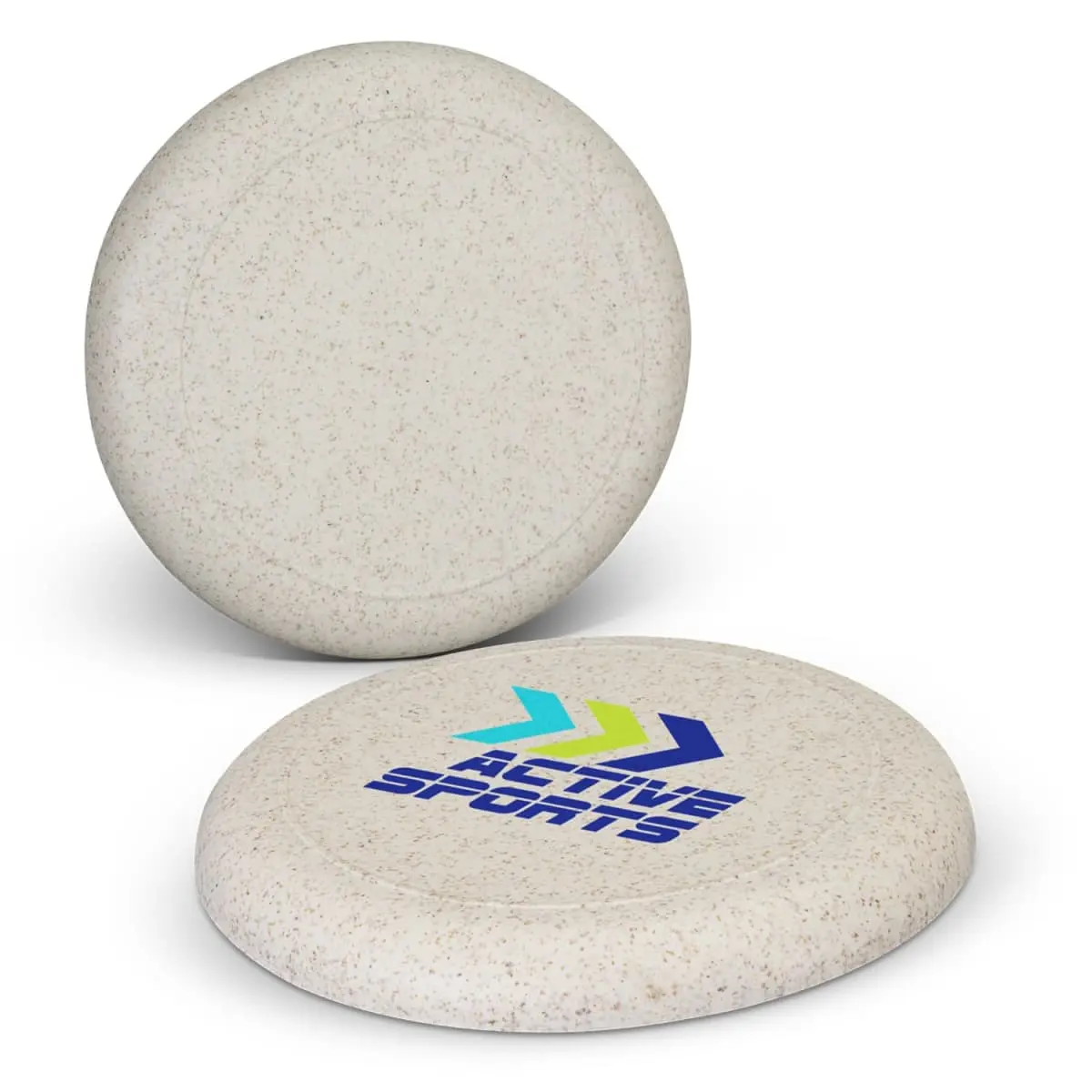 Frisbees
Frisbees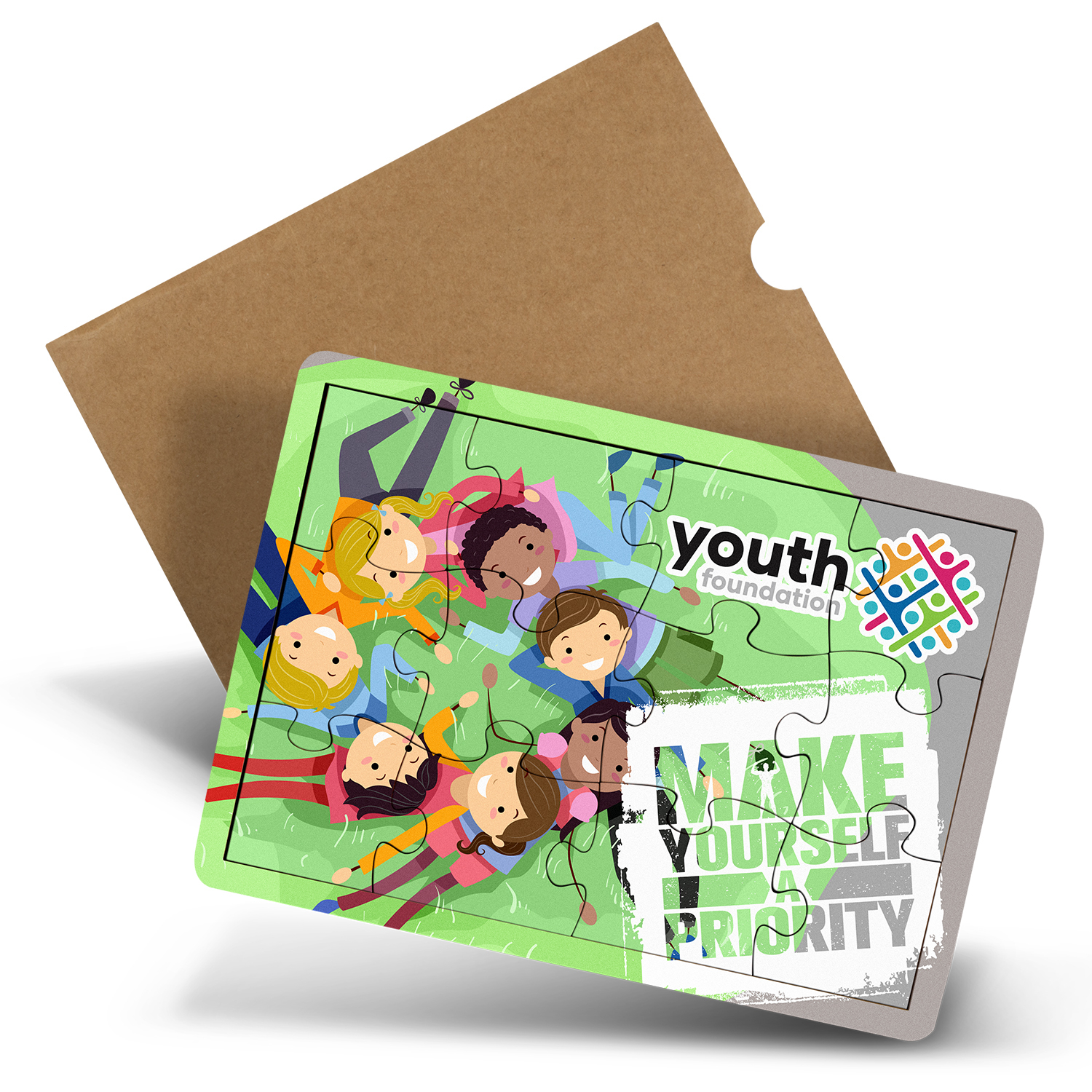 Games & Puzzles
Games & Puzzles Kids
Kids Plush Toys
Plush Toys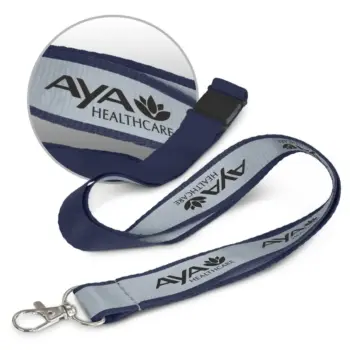
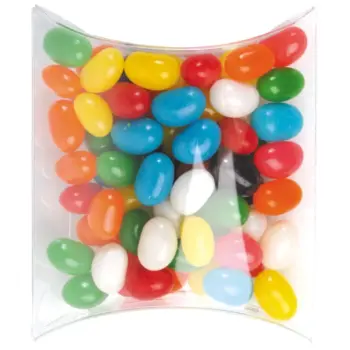
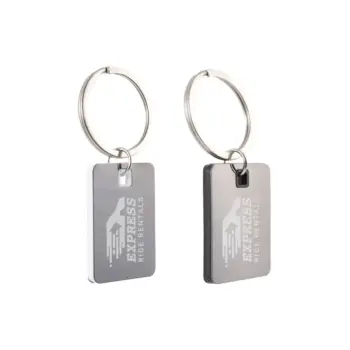
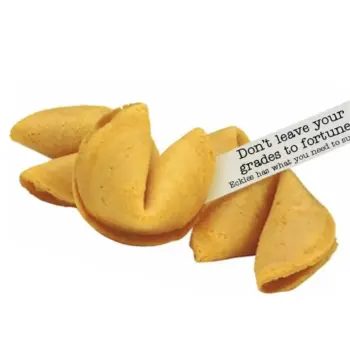

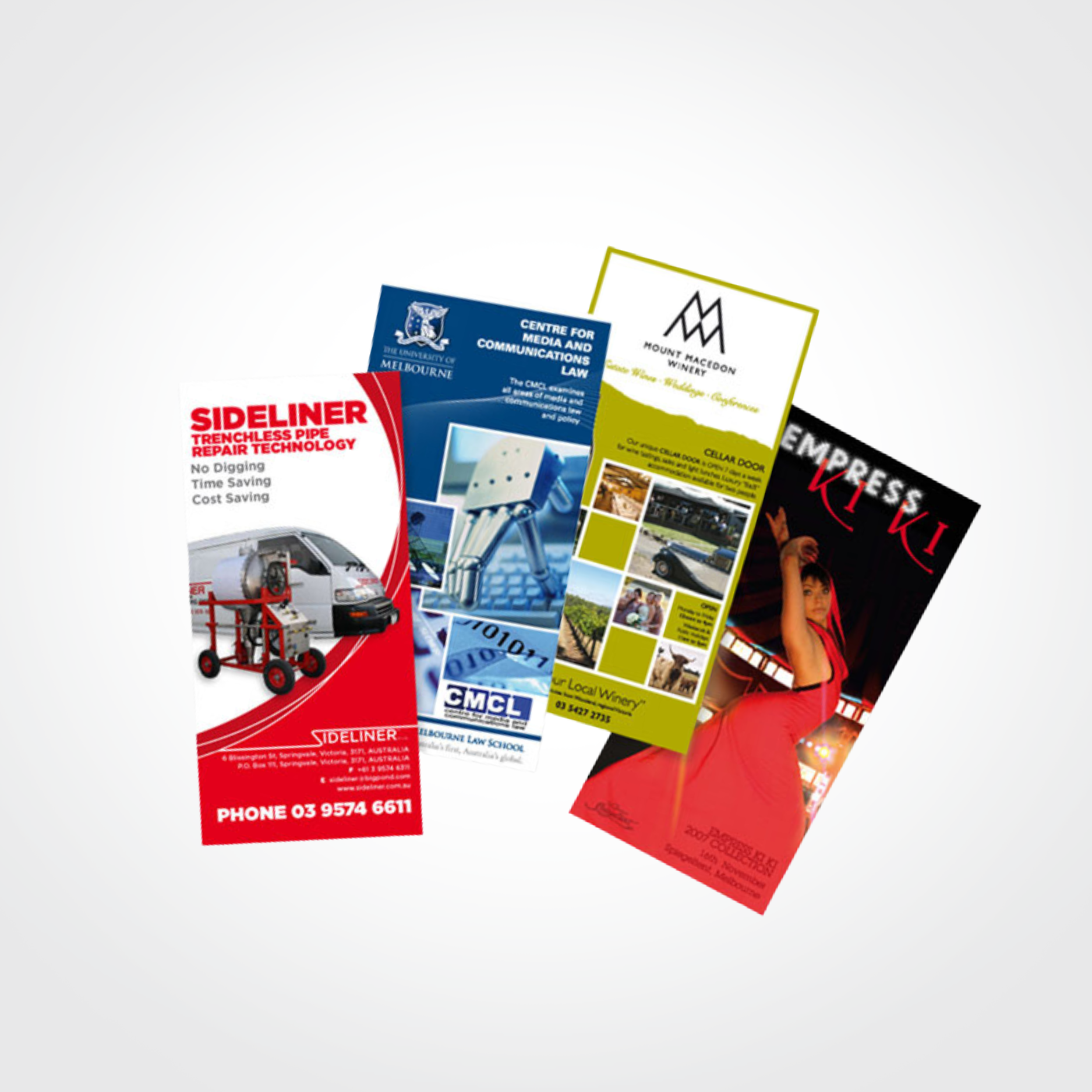 Print | Signage
Print | Signage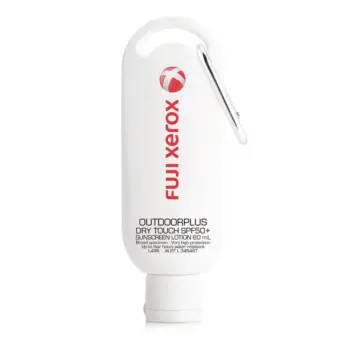
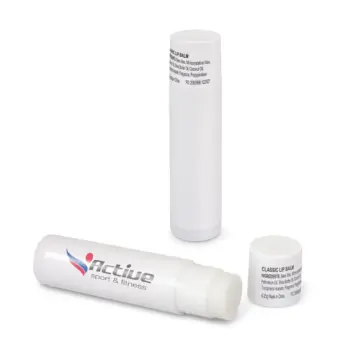
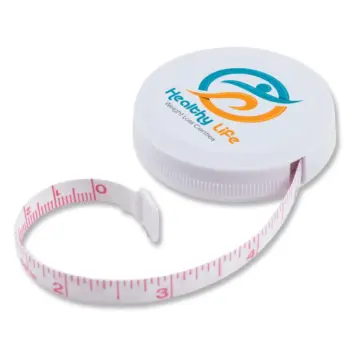
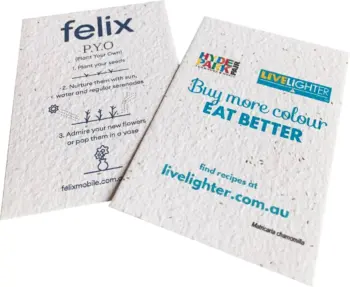
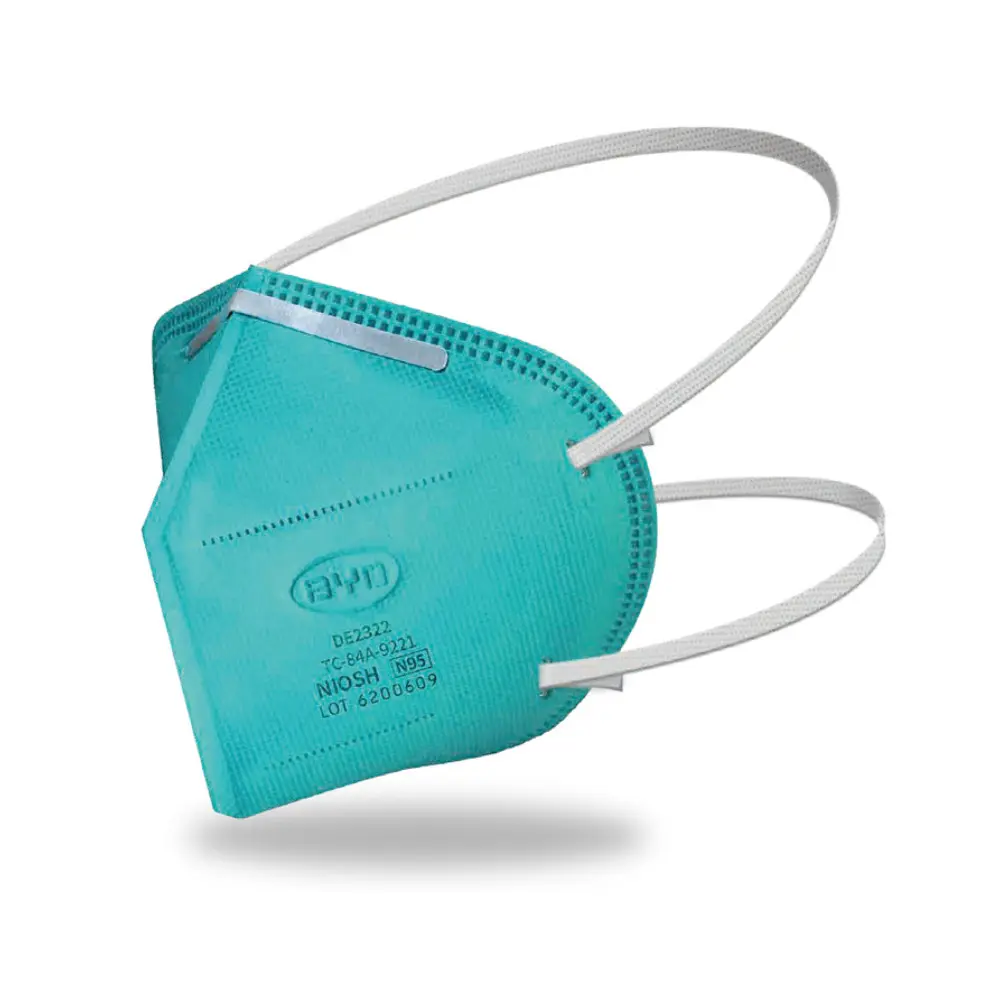 Antibacterial
Antibacterial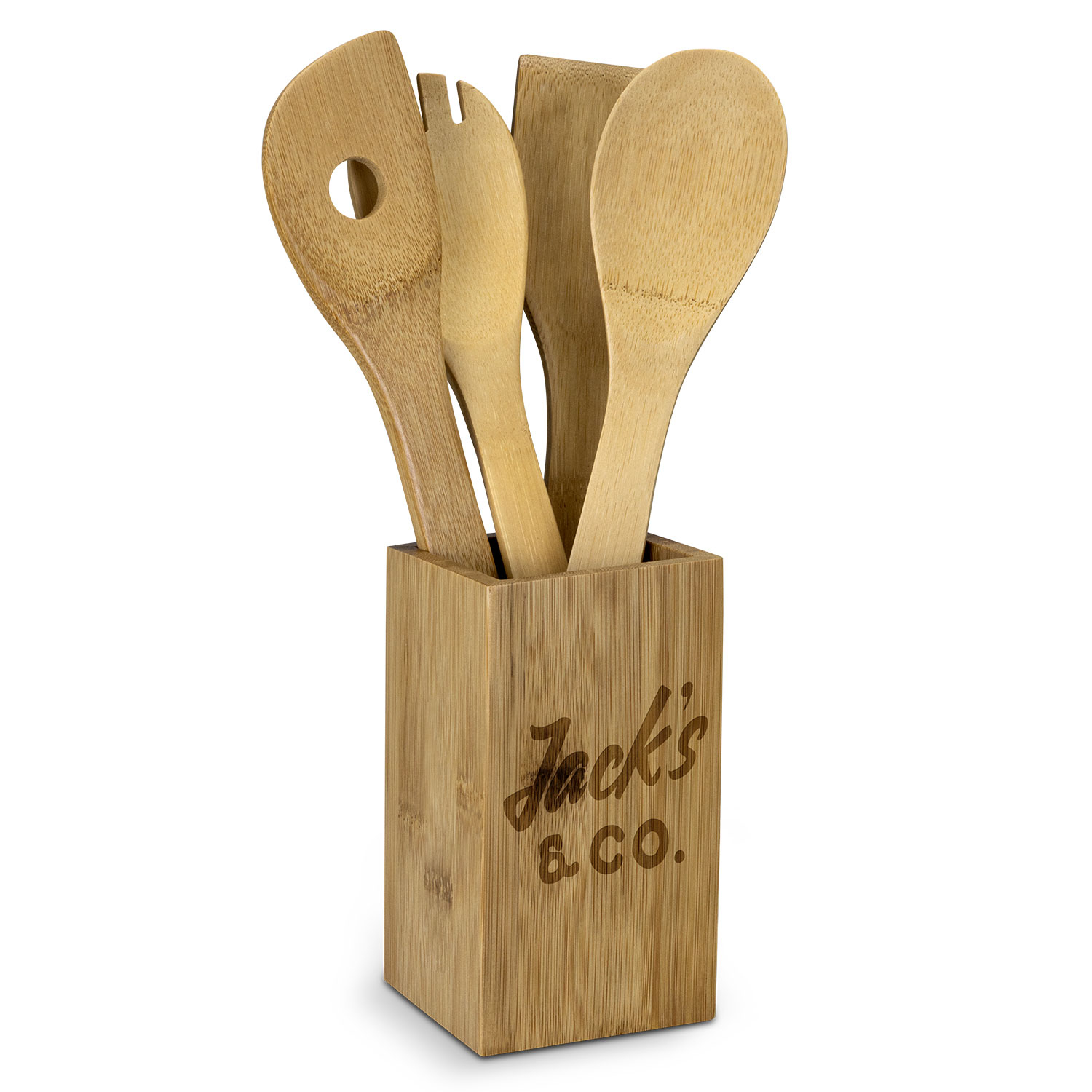 Eco Products
Eco Products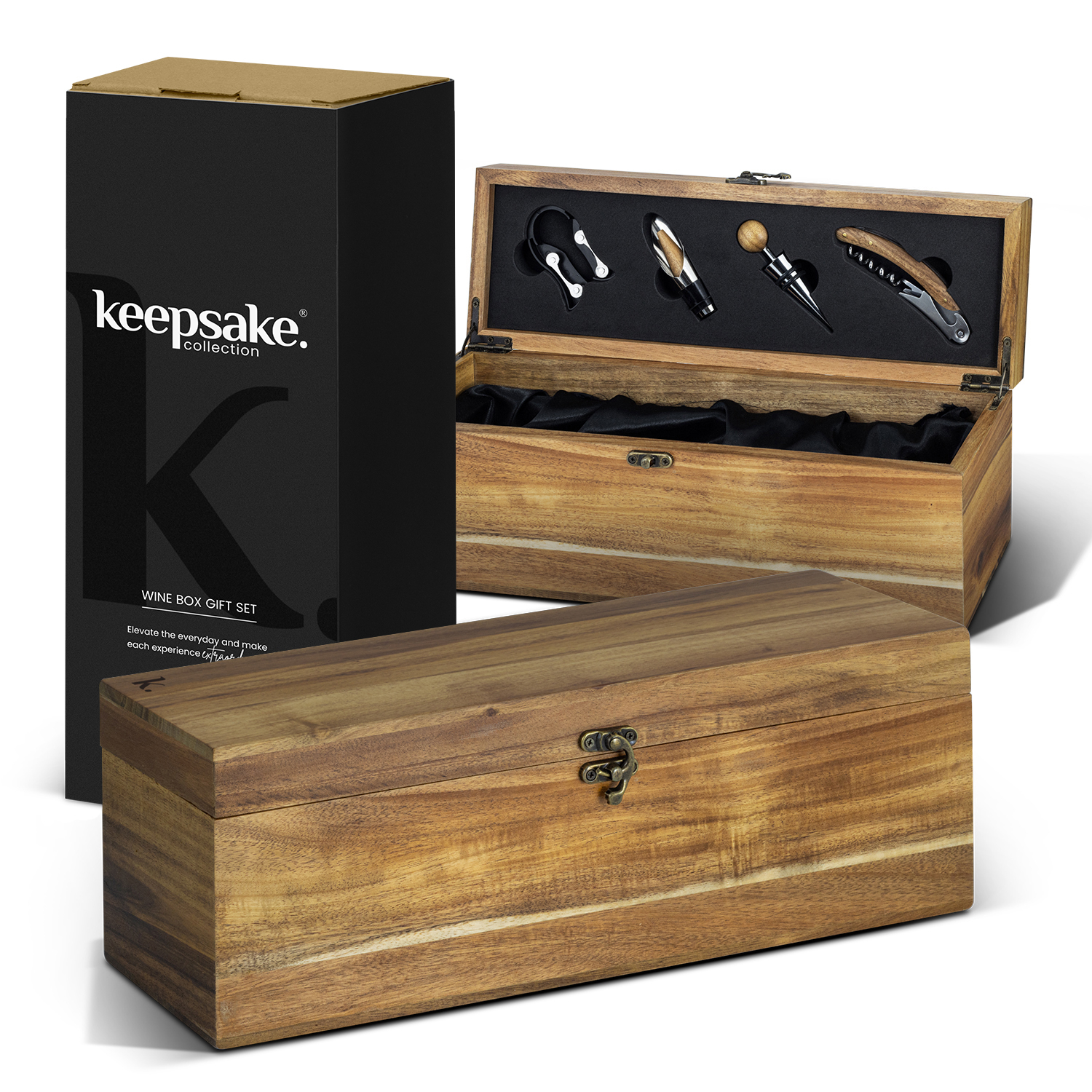 Gift Box Sets
Gift Box Sets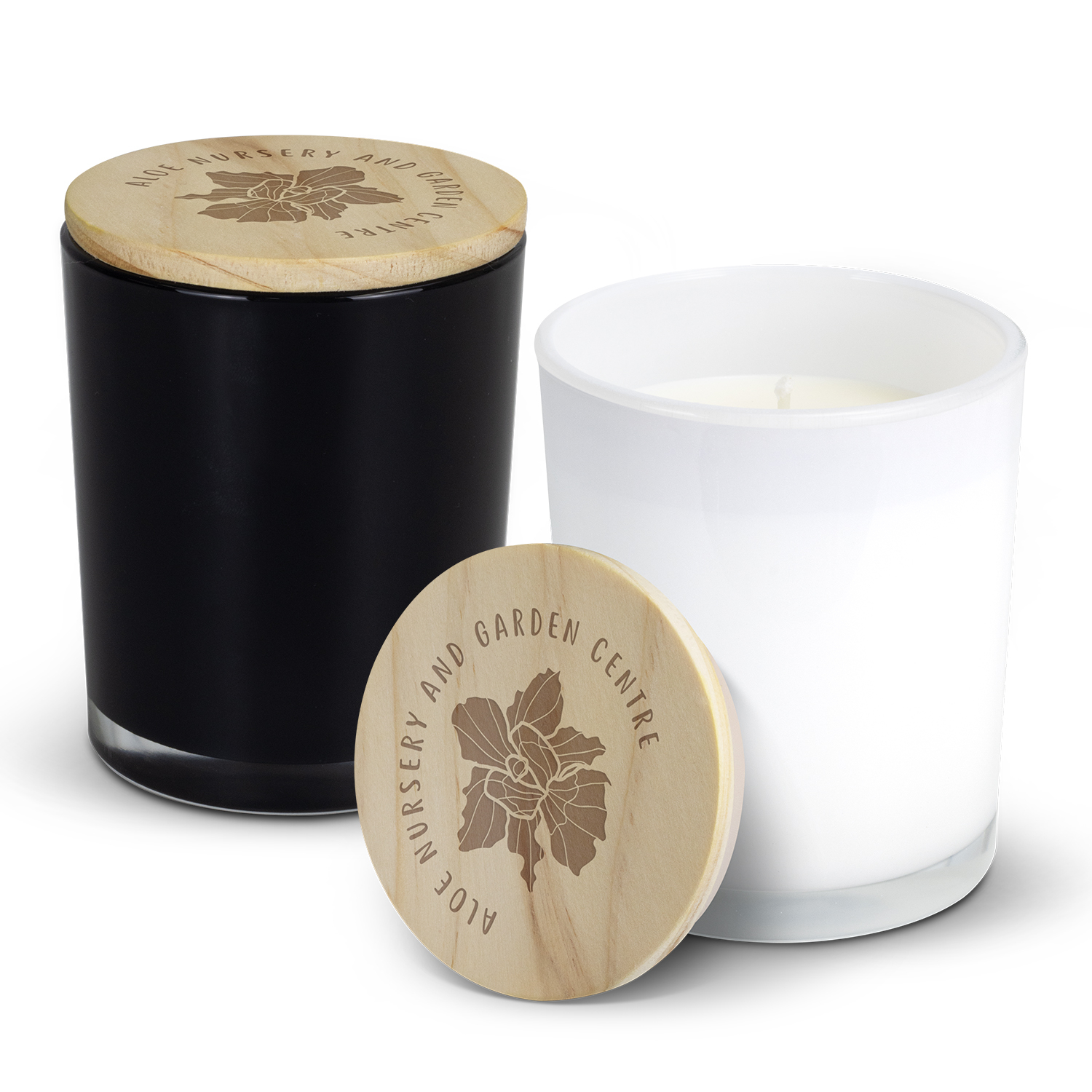 Homeware
Homeware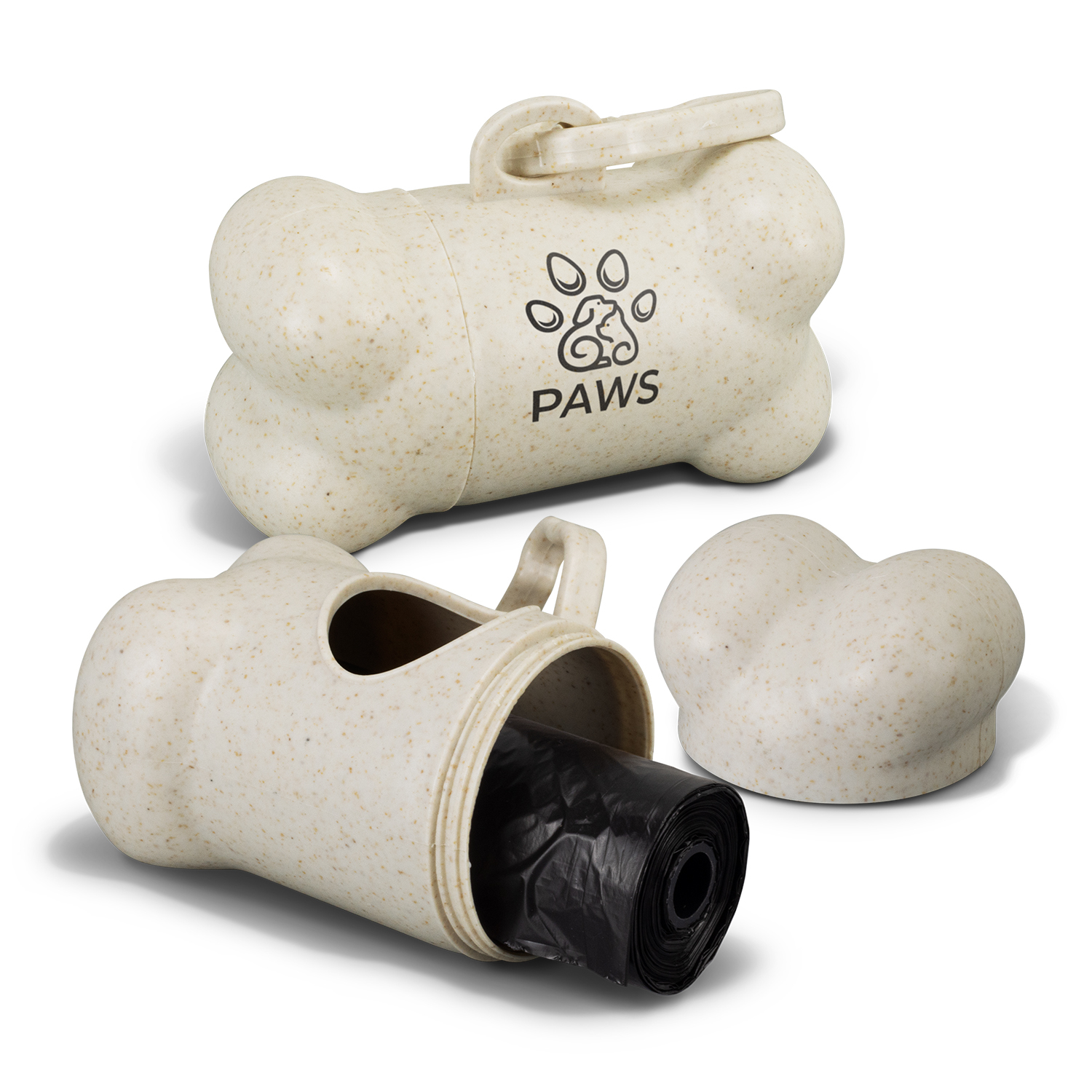 Pet Products
Pet Products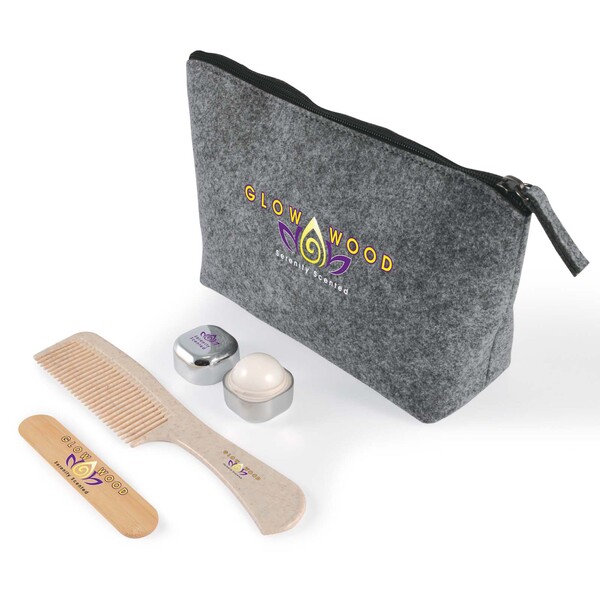 Personal Care
Personal Care Occasion Ideas
Occasion Ideas